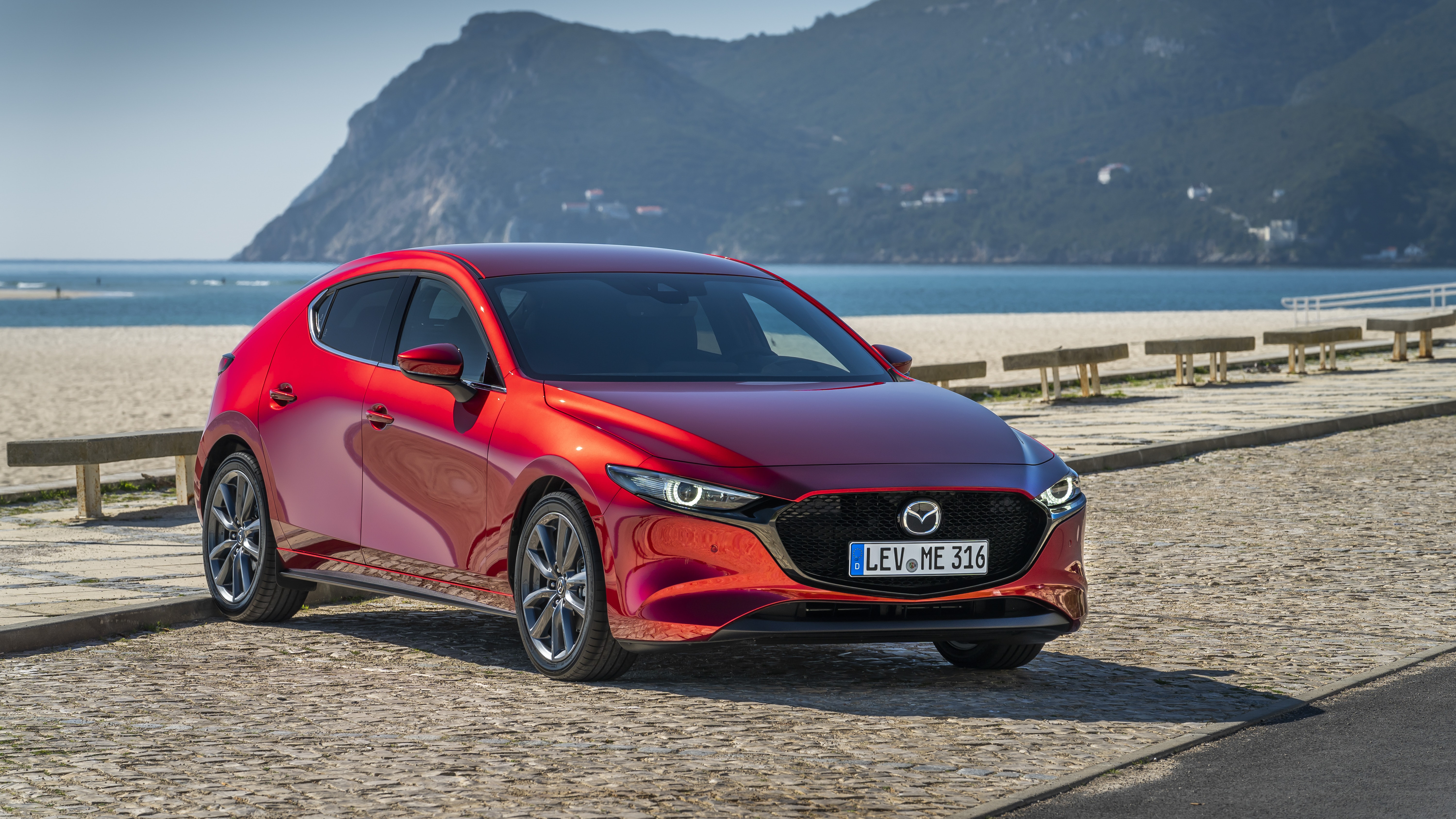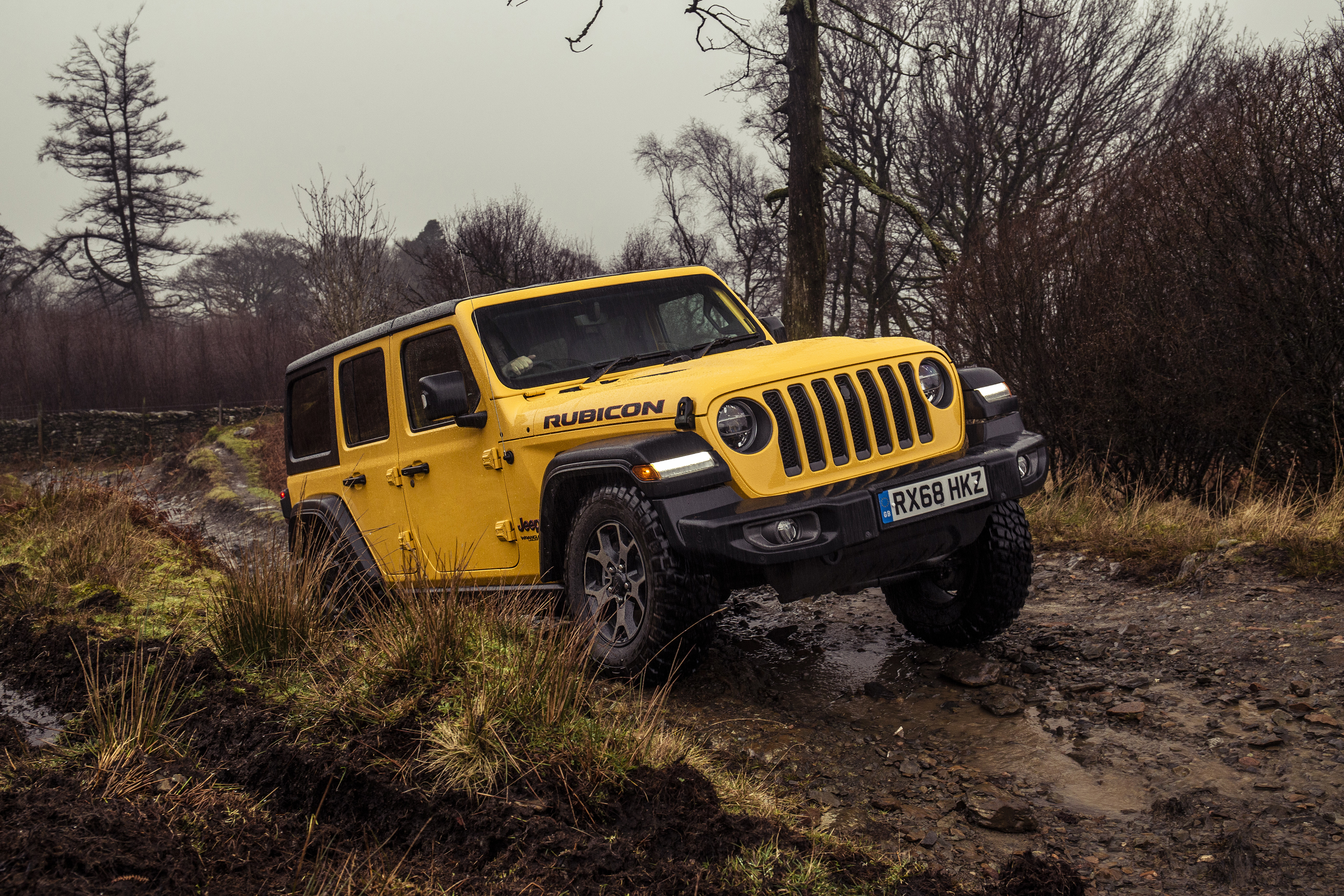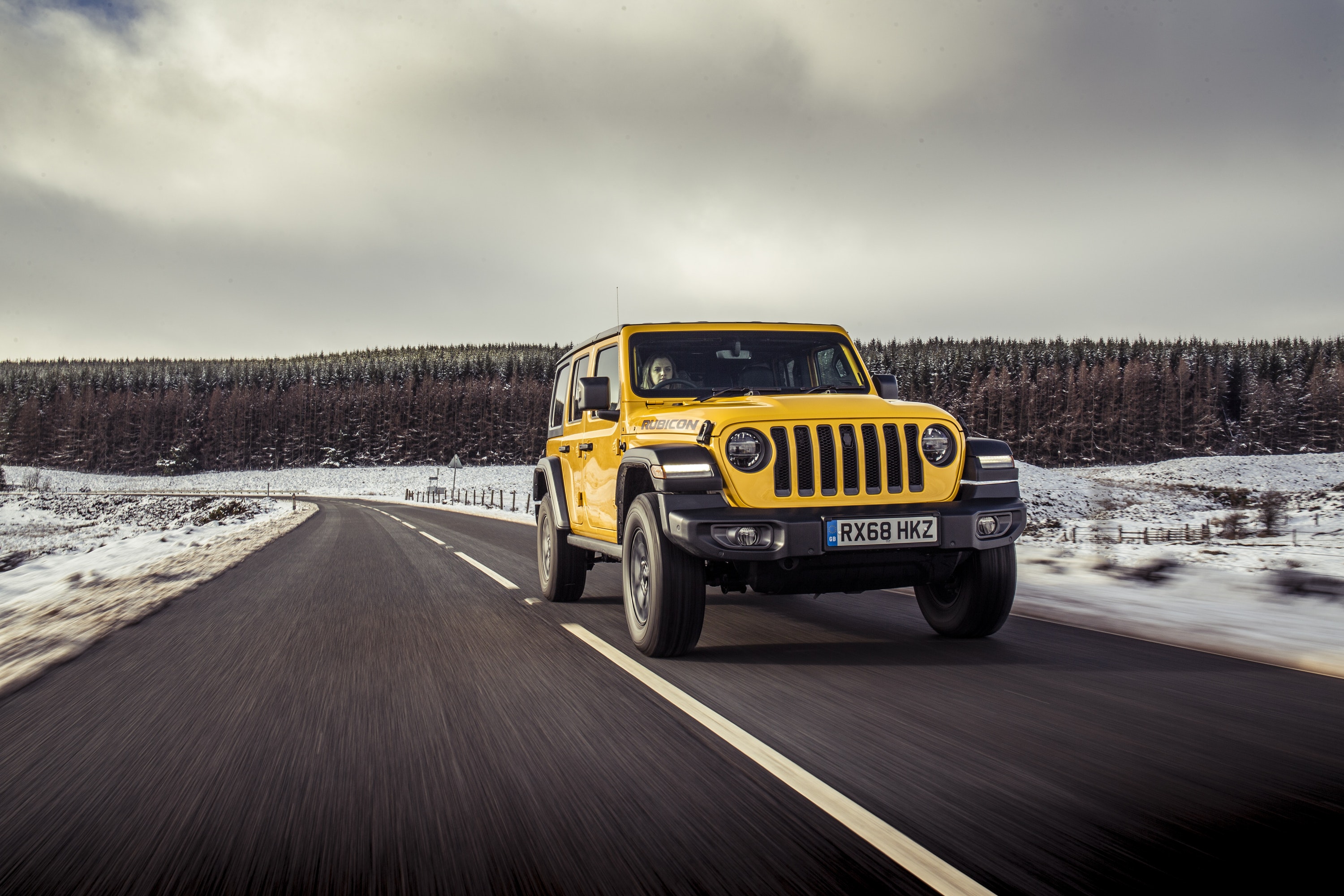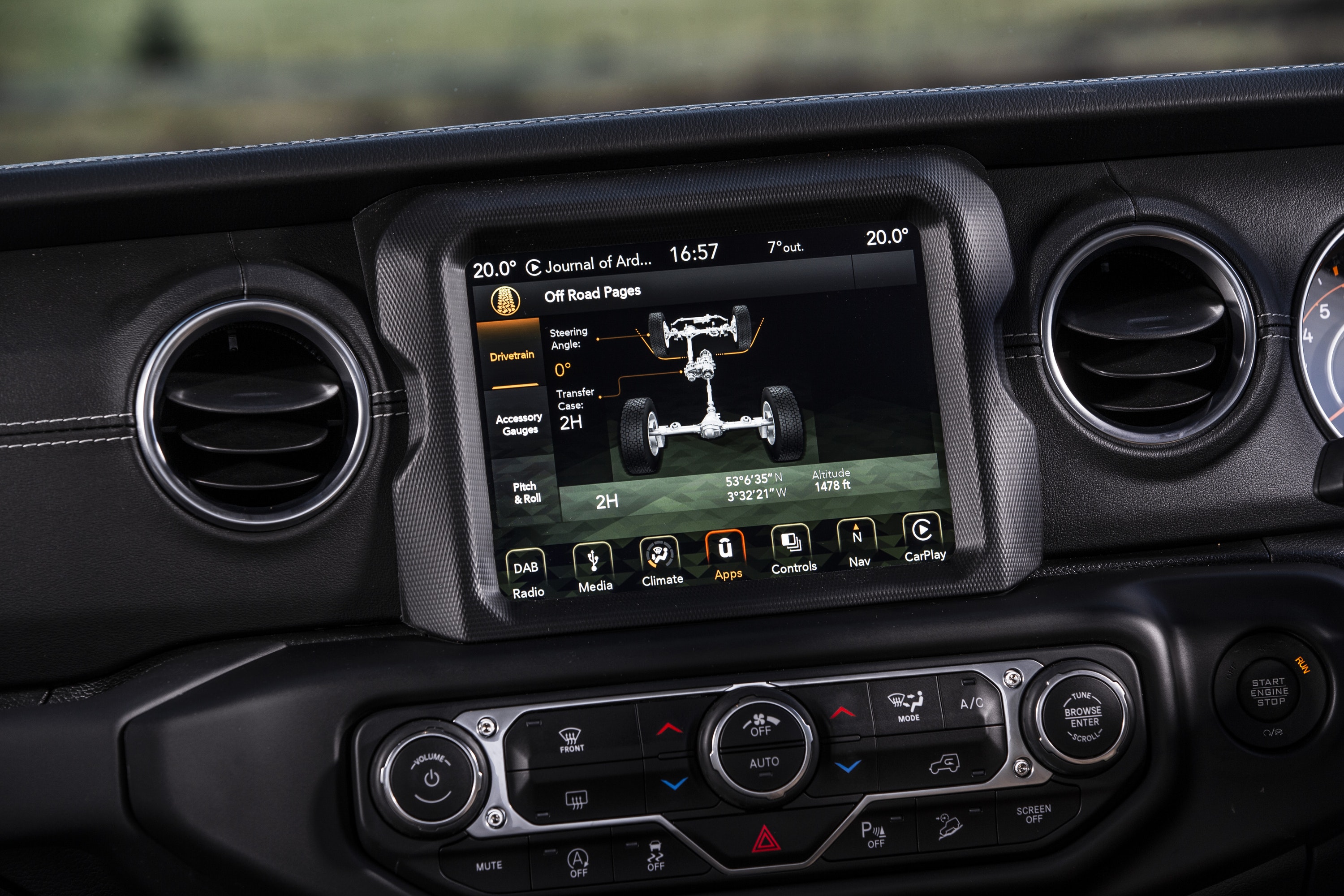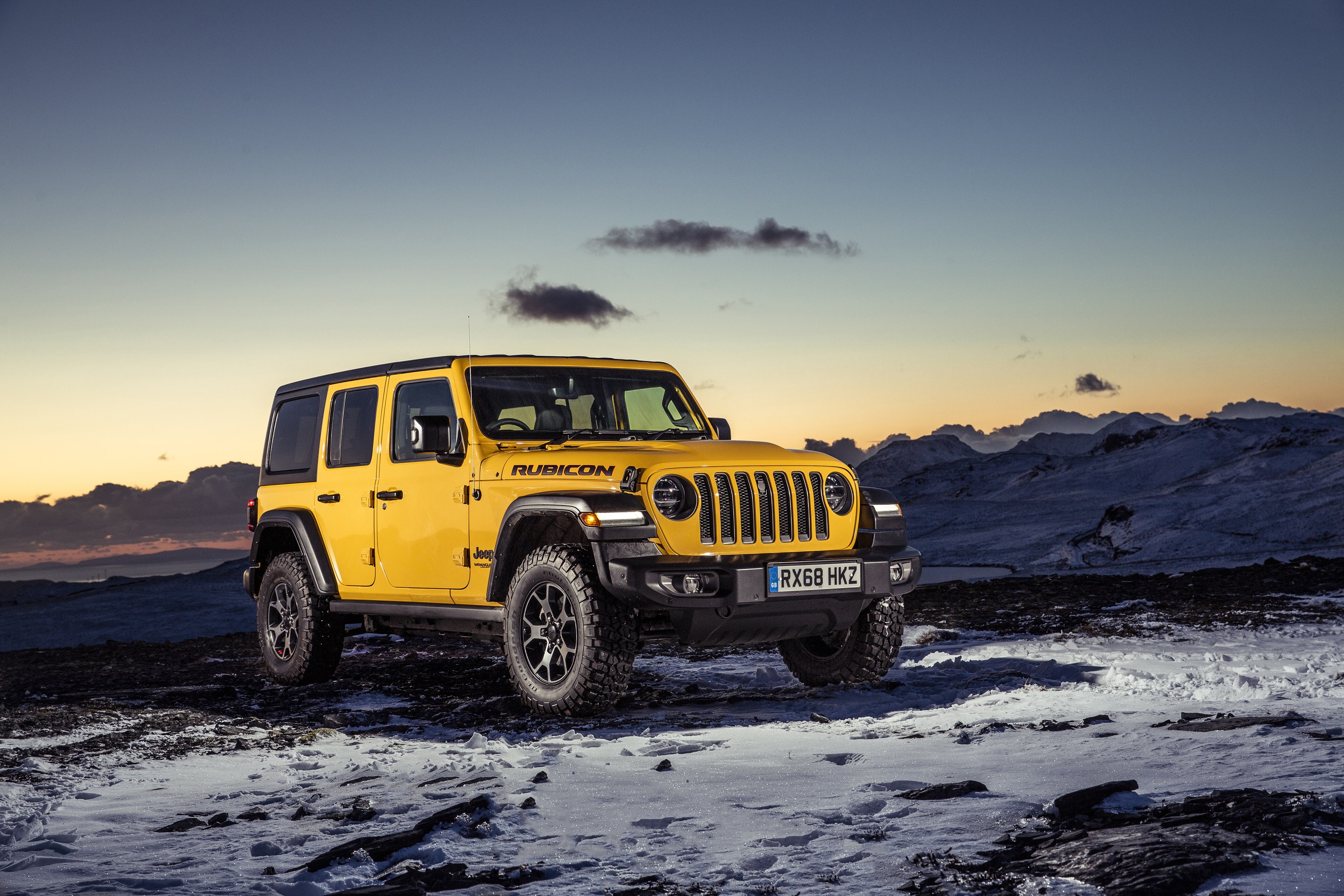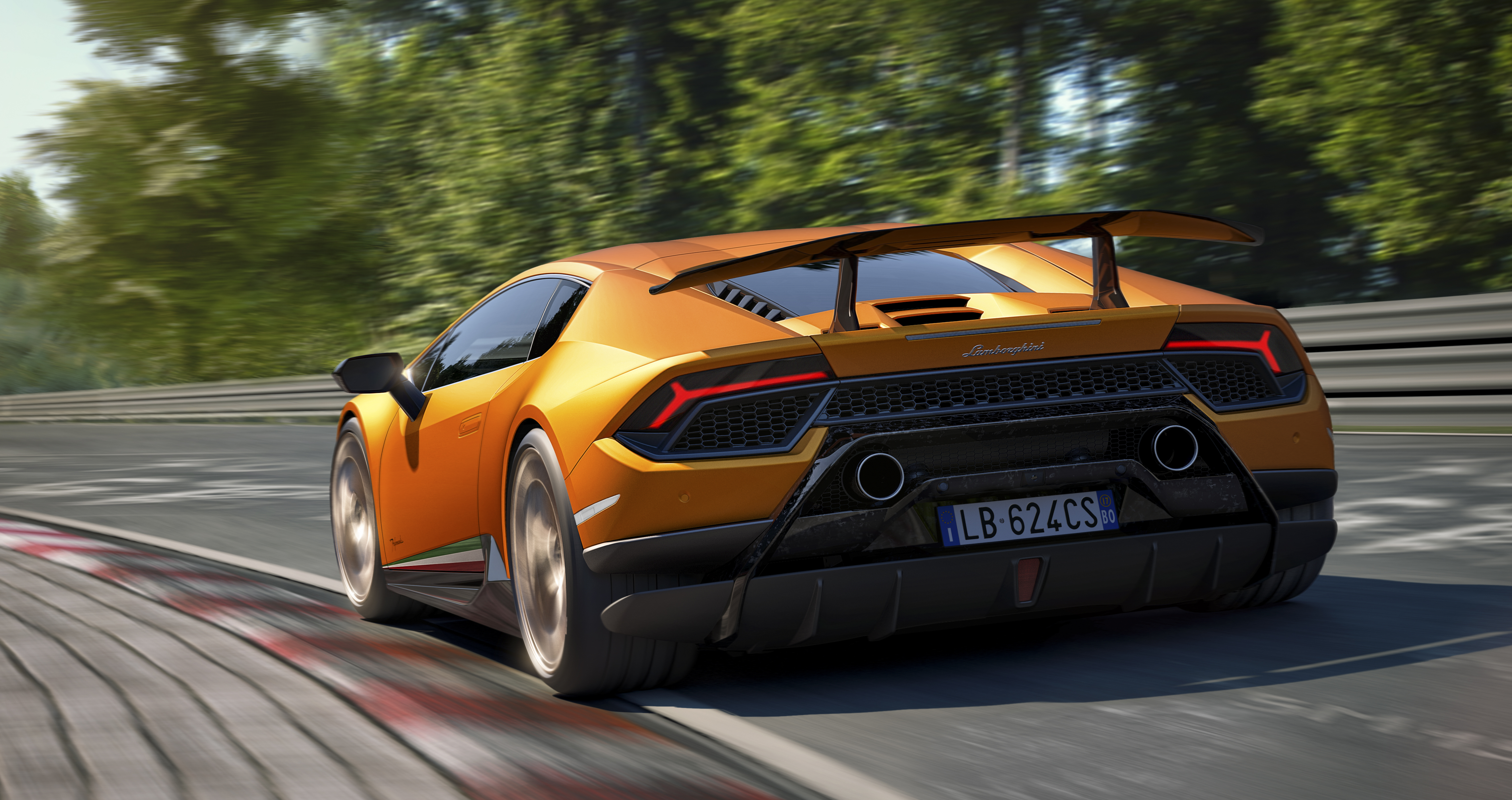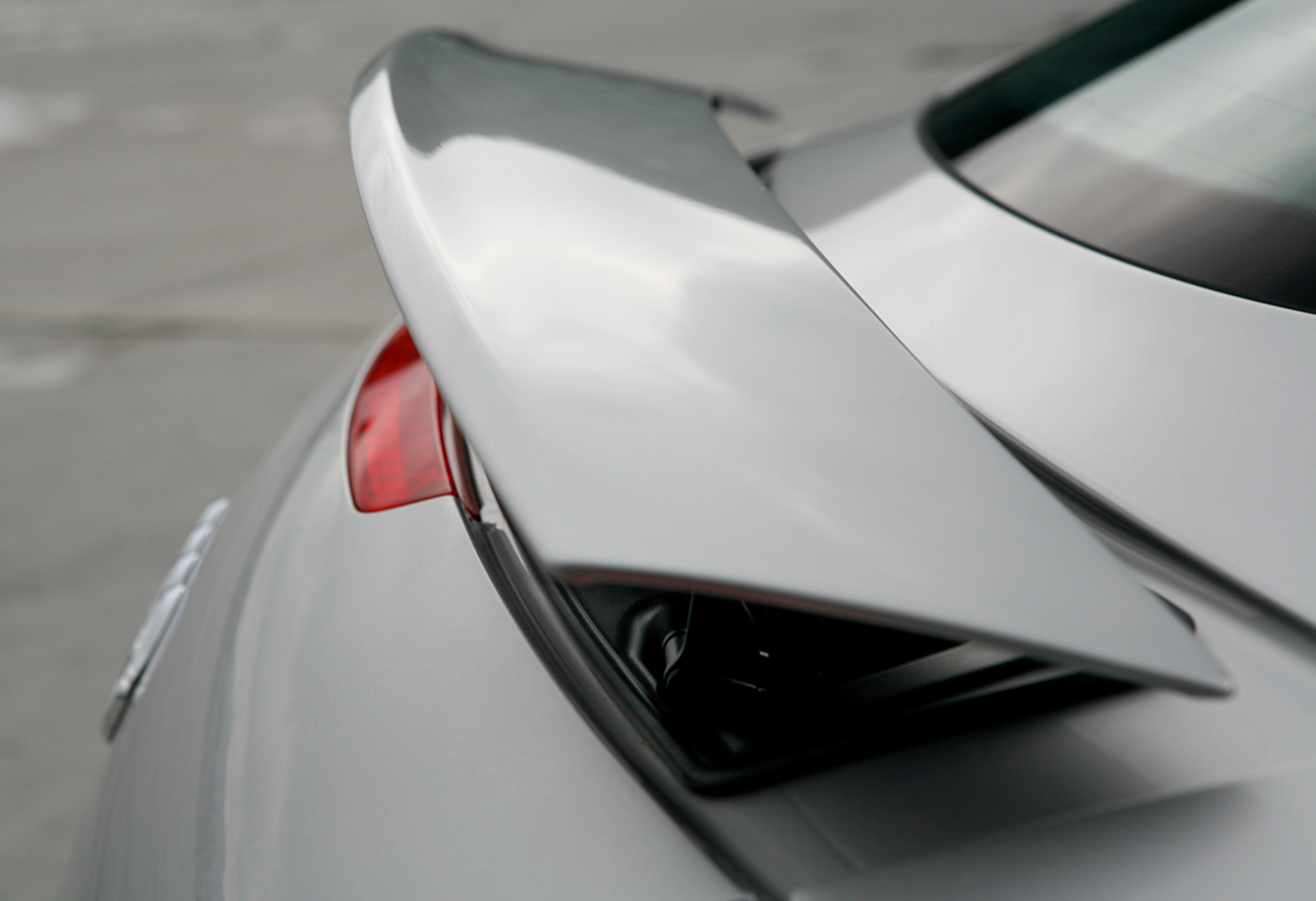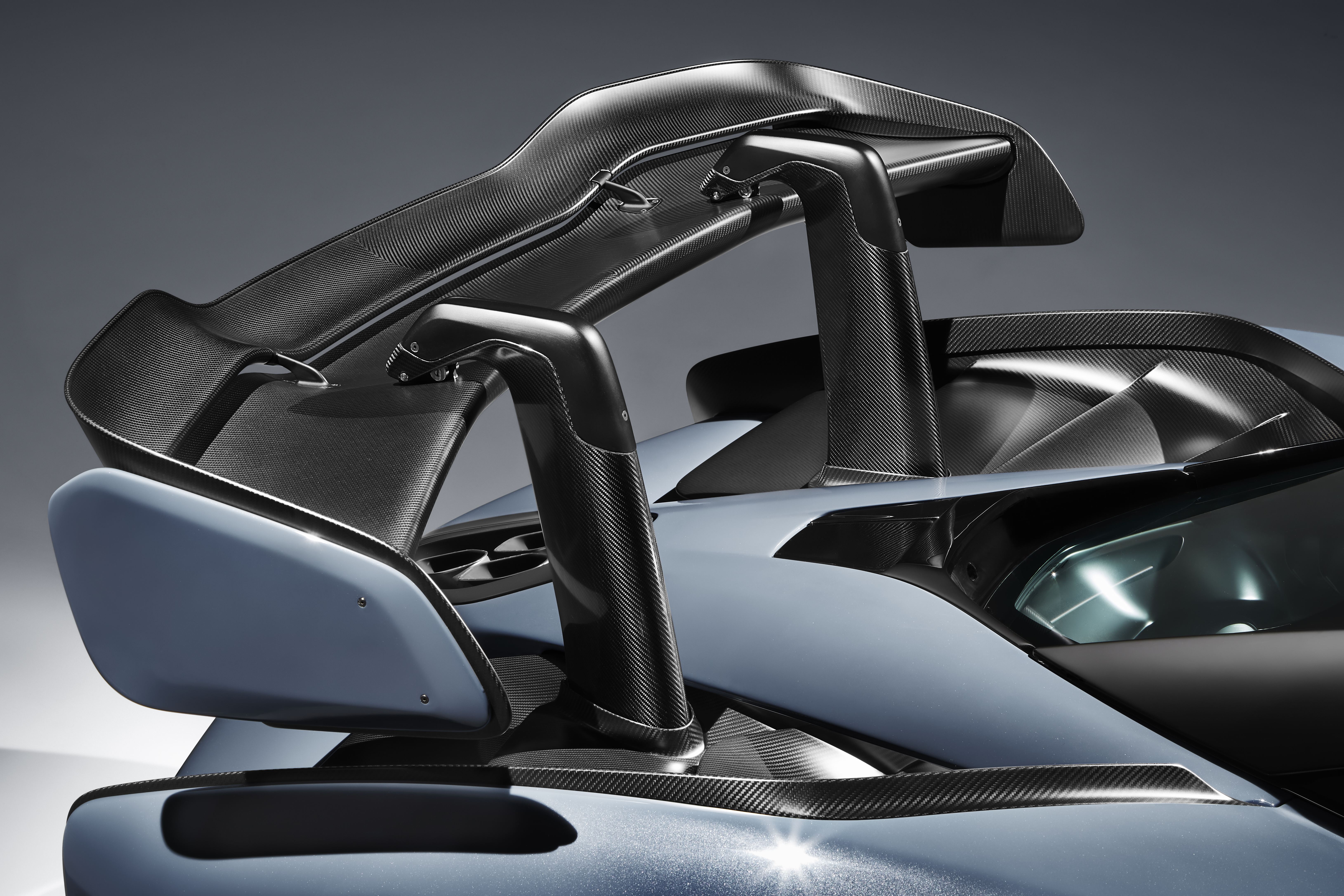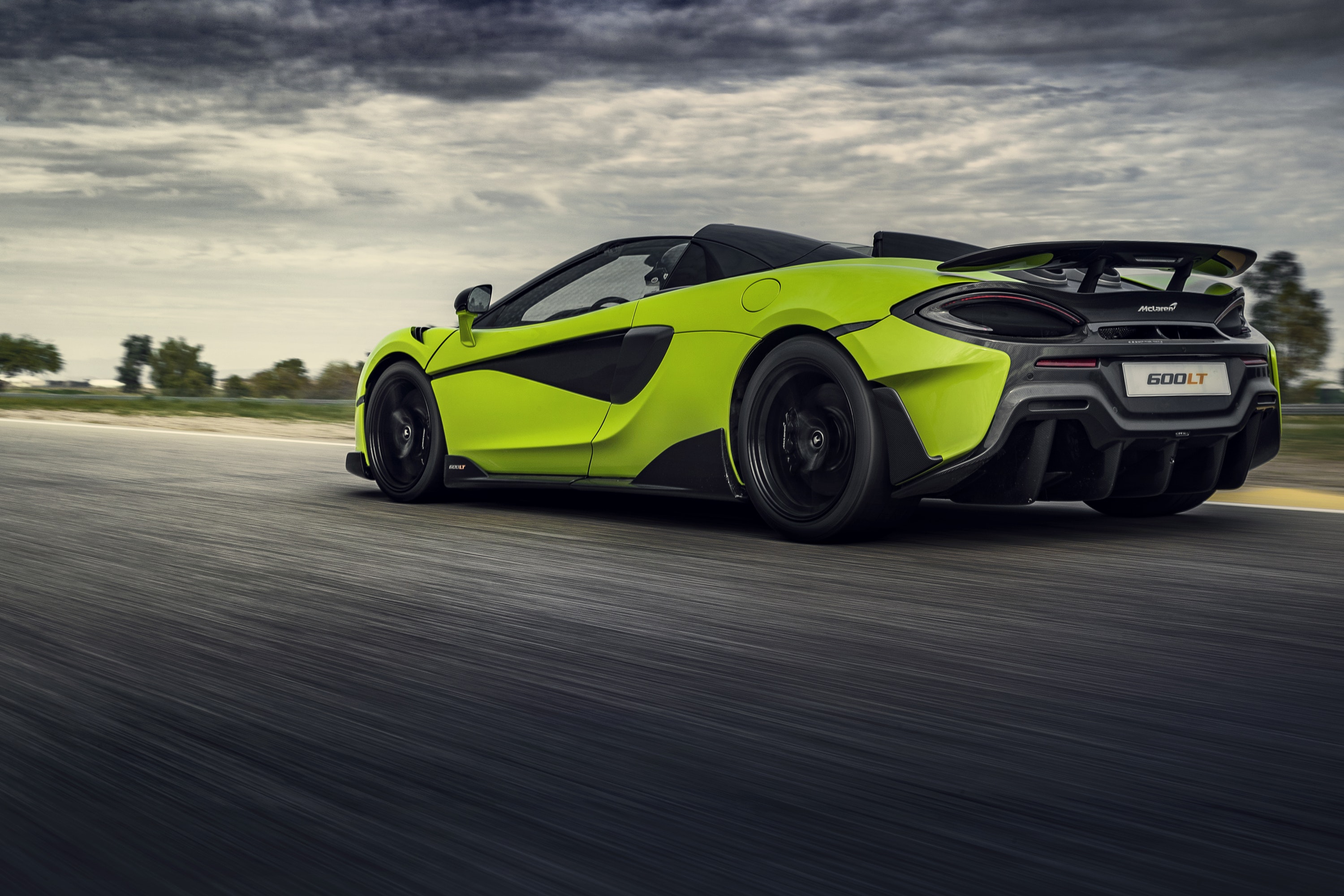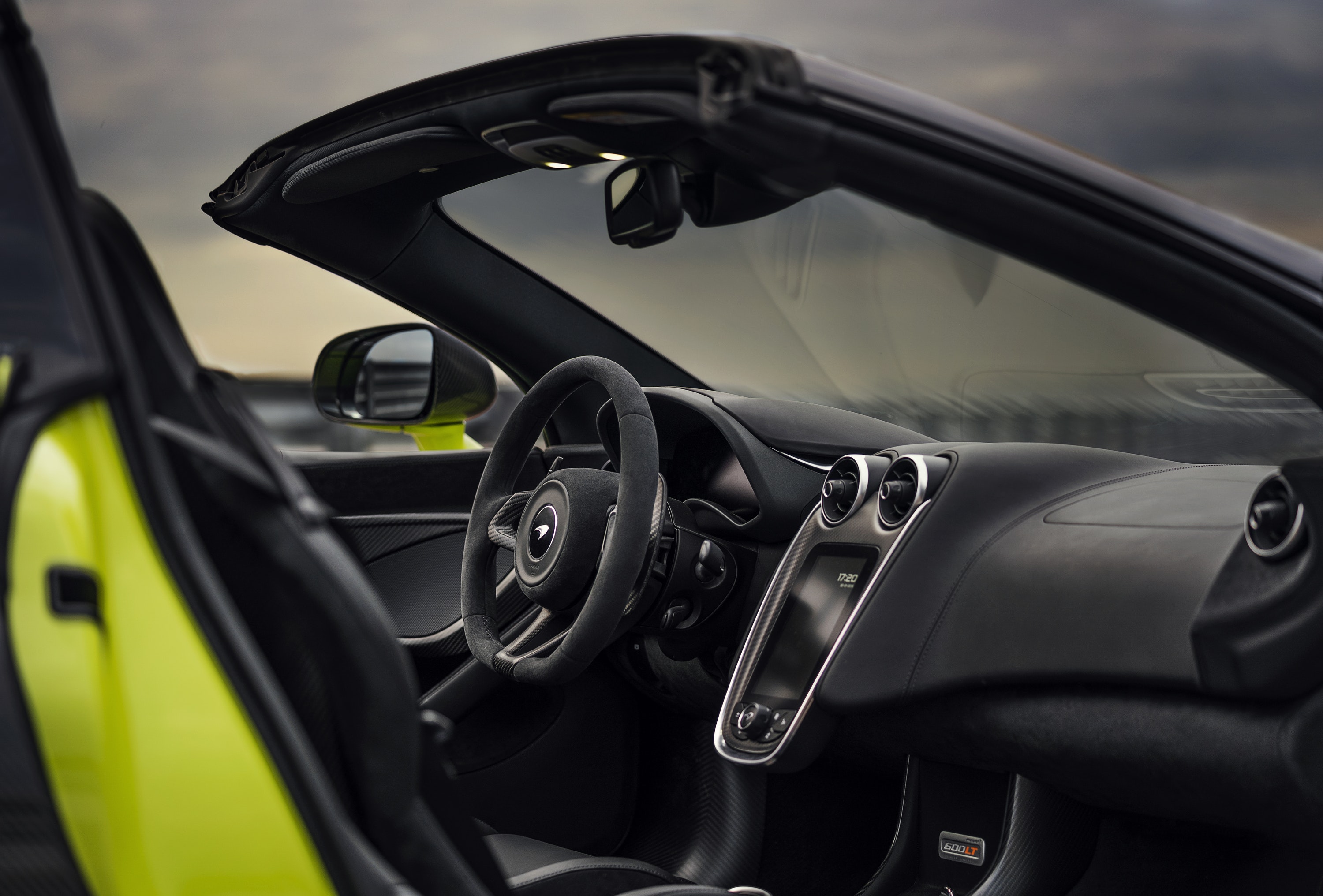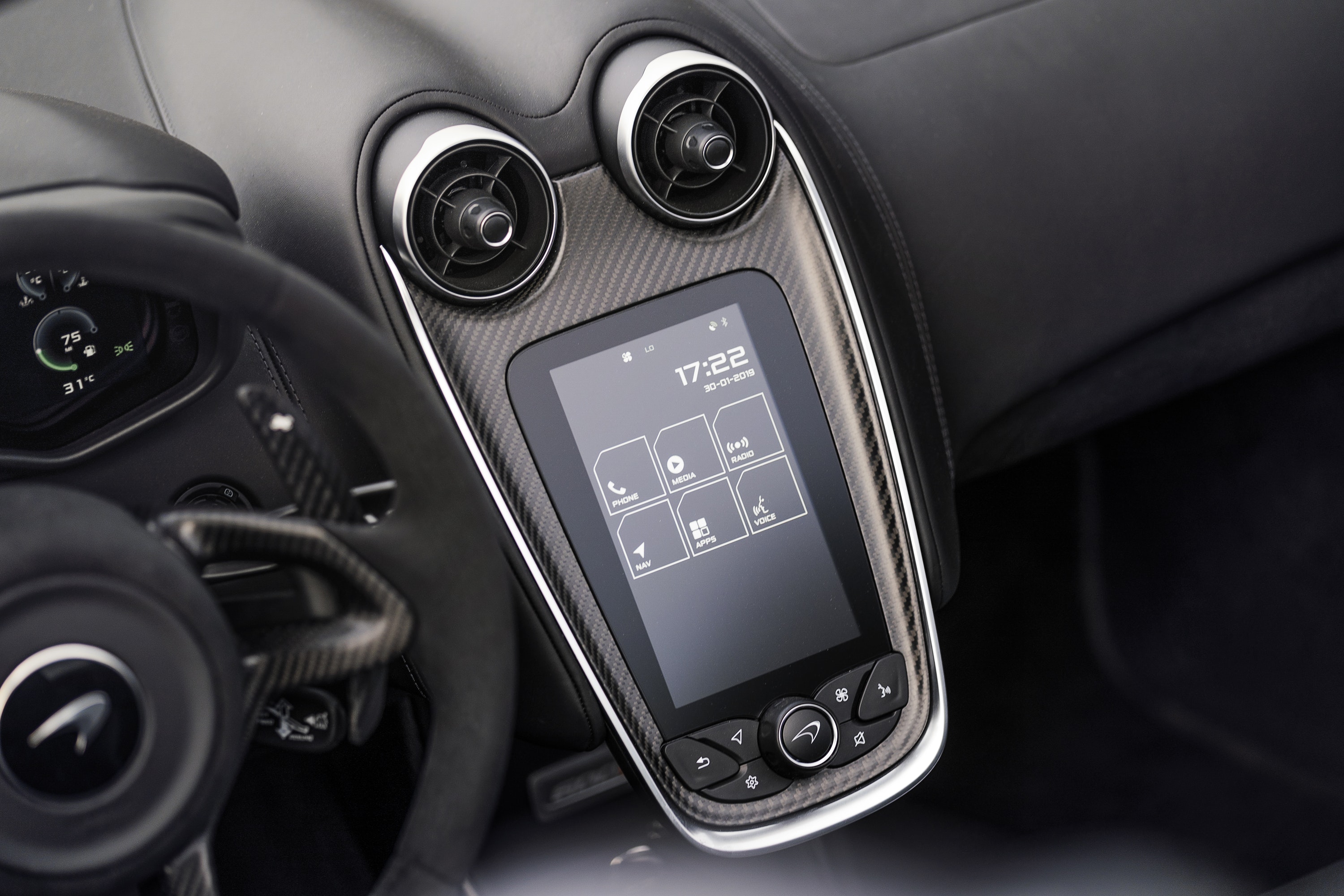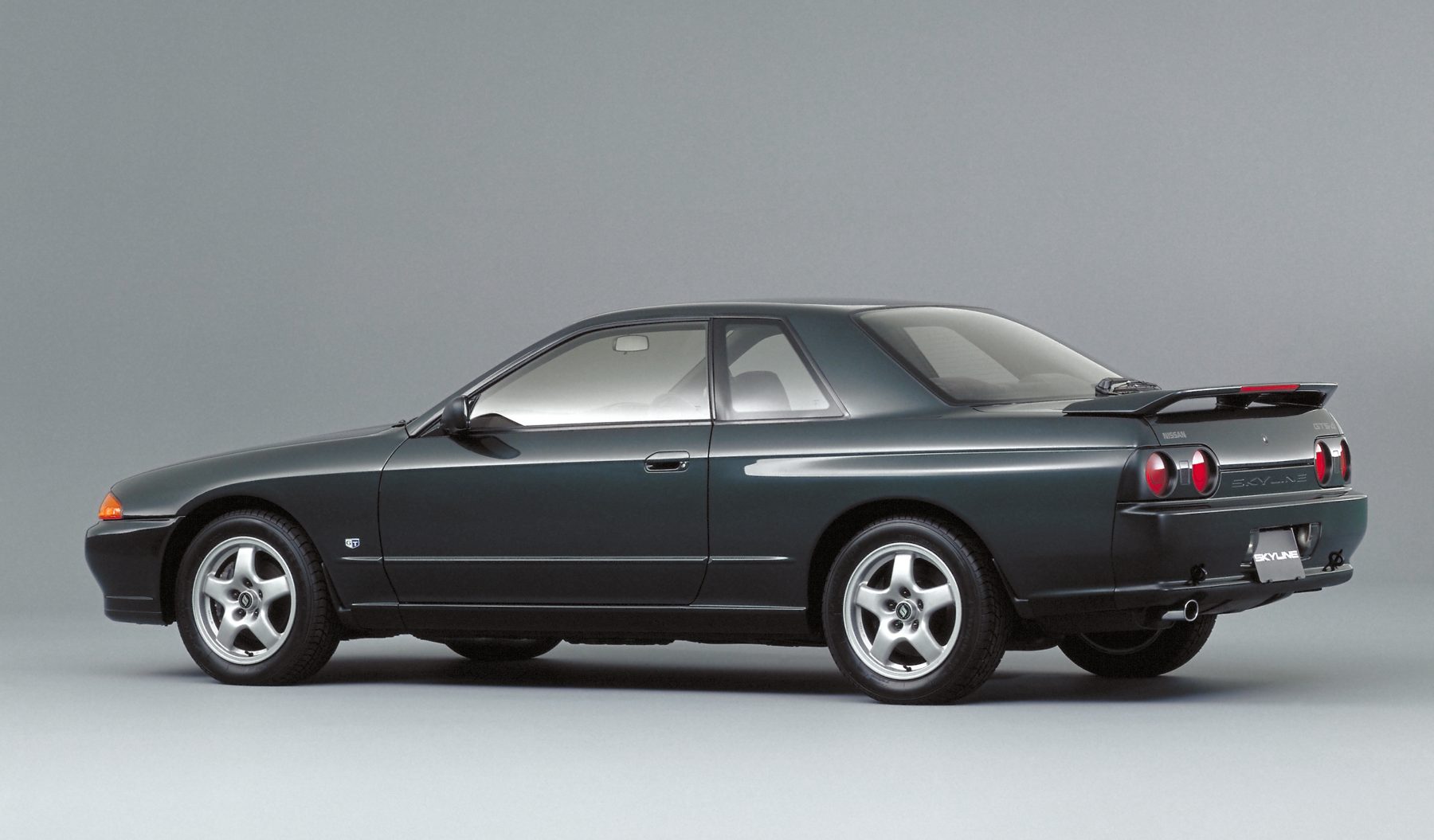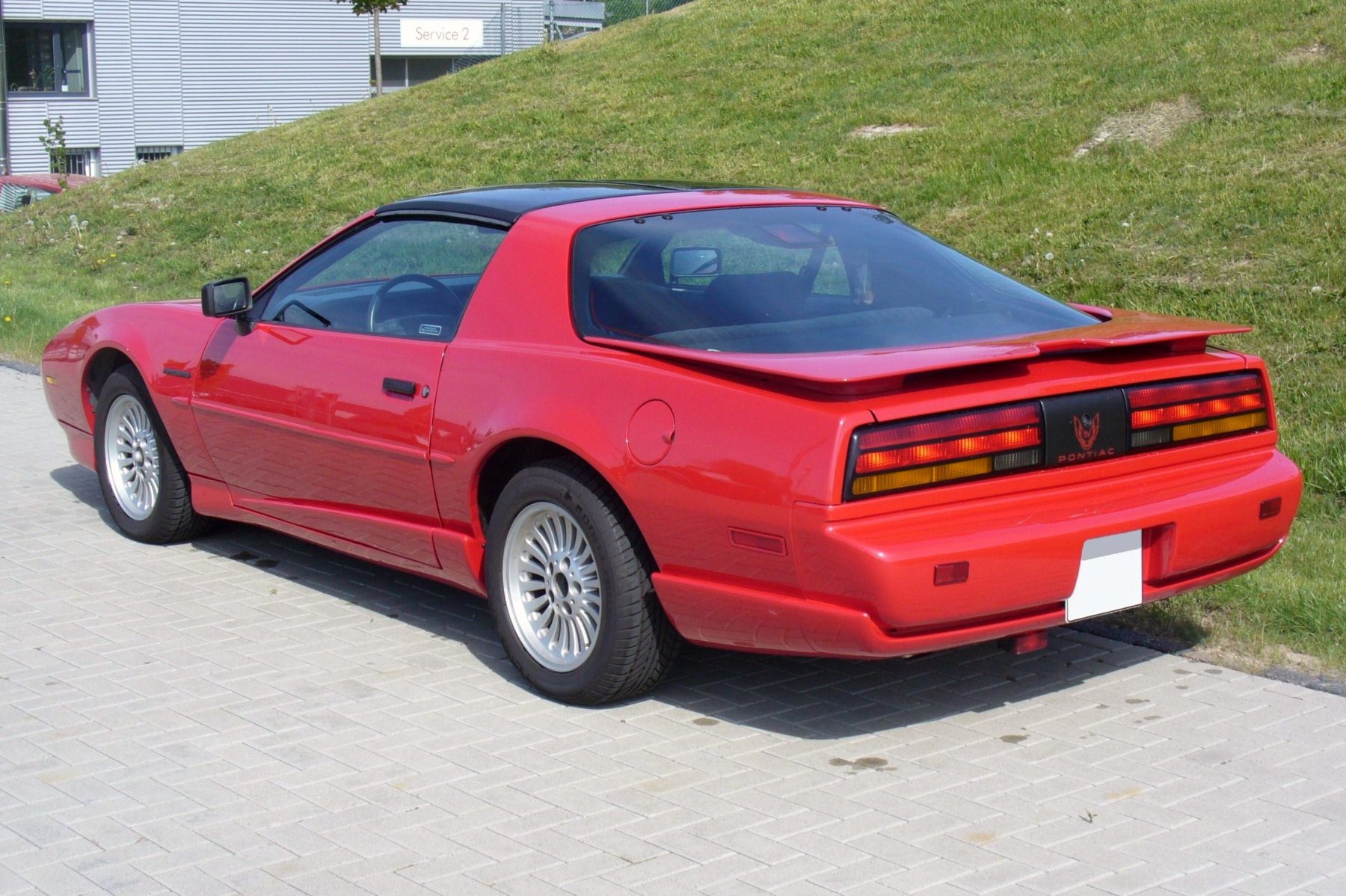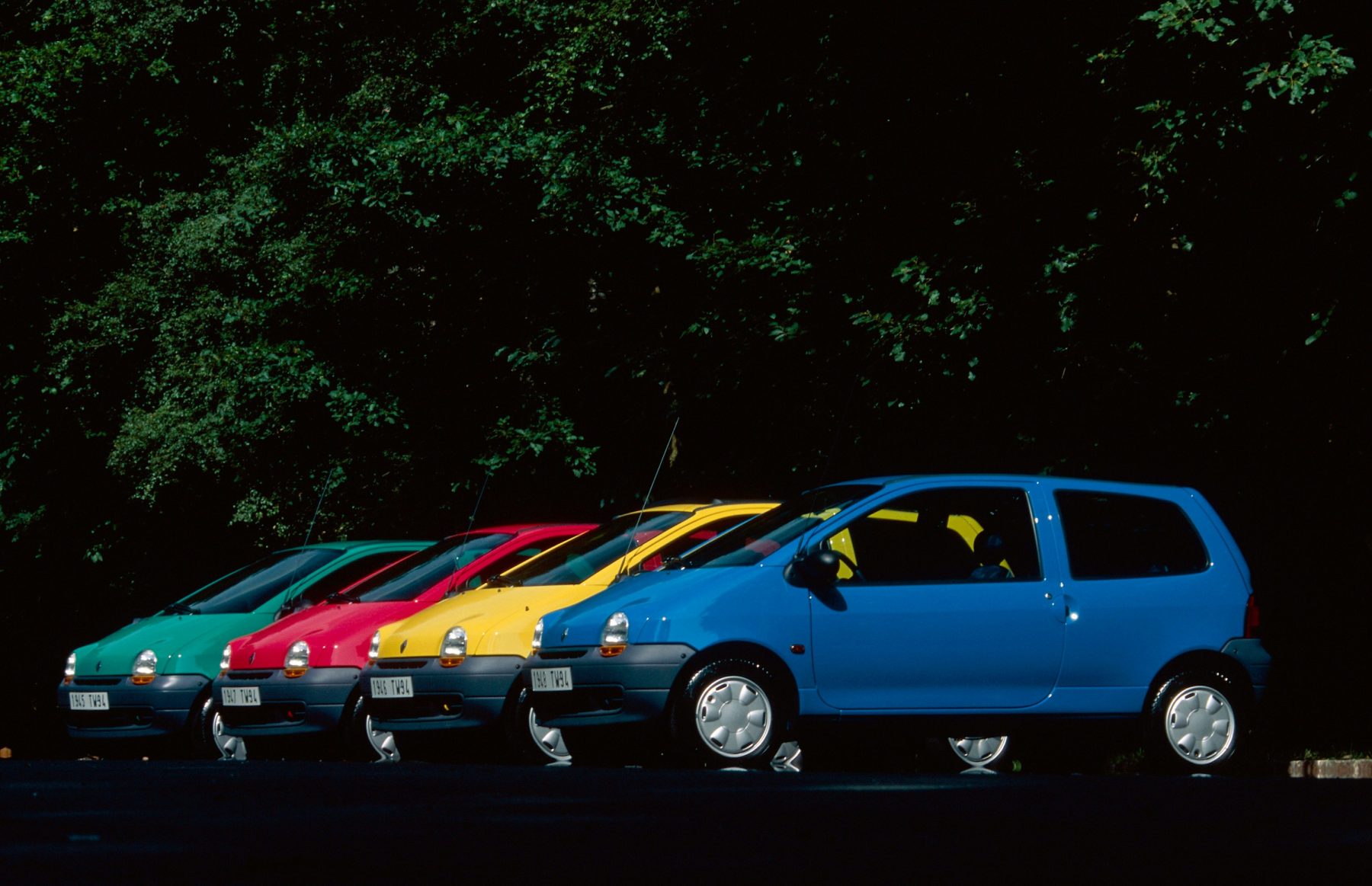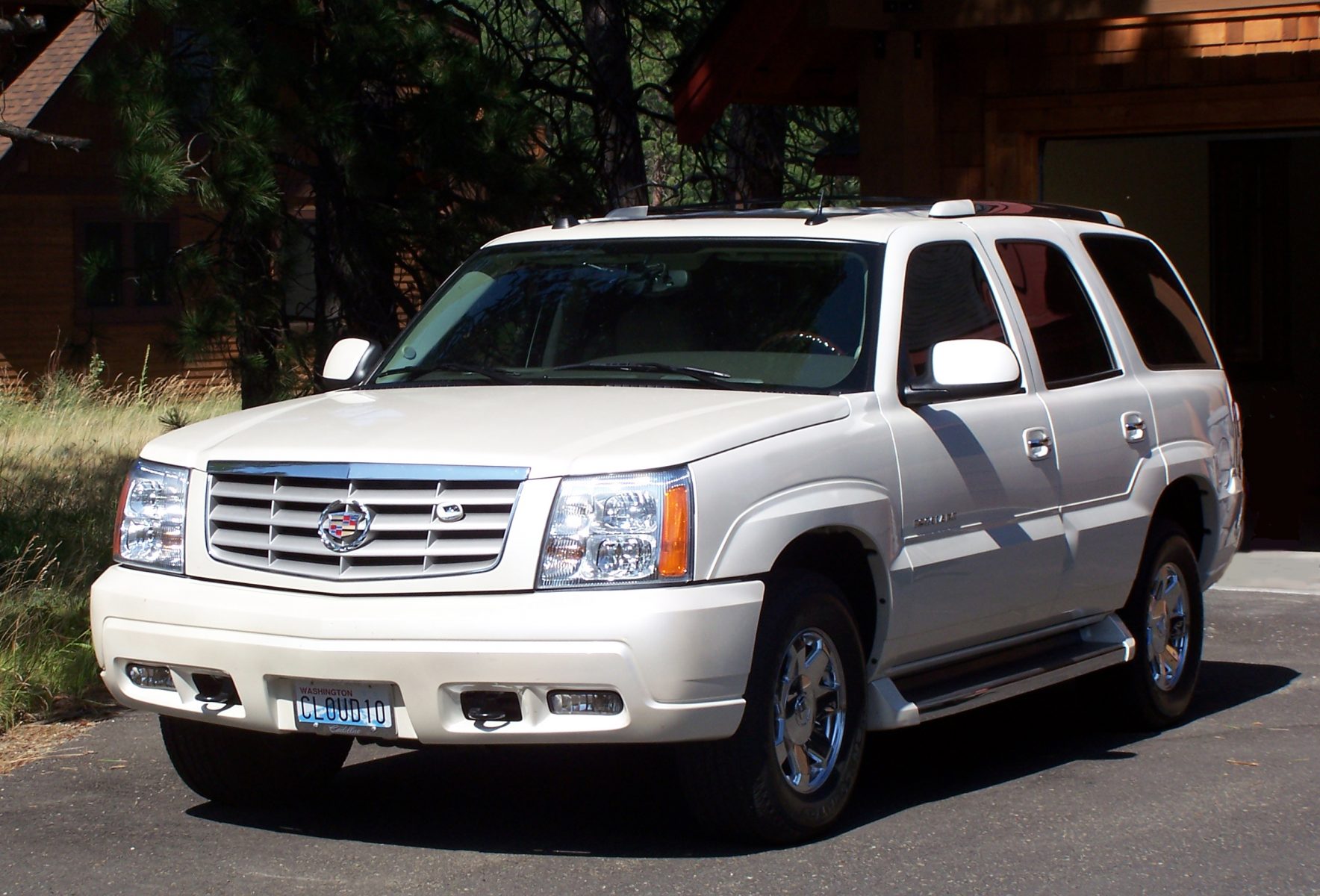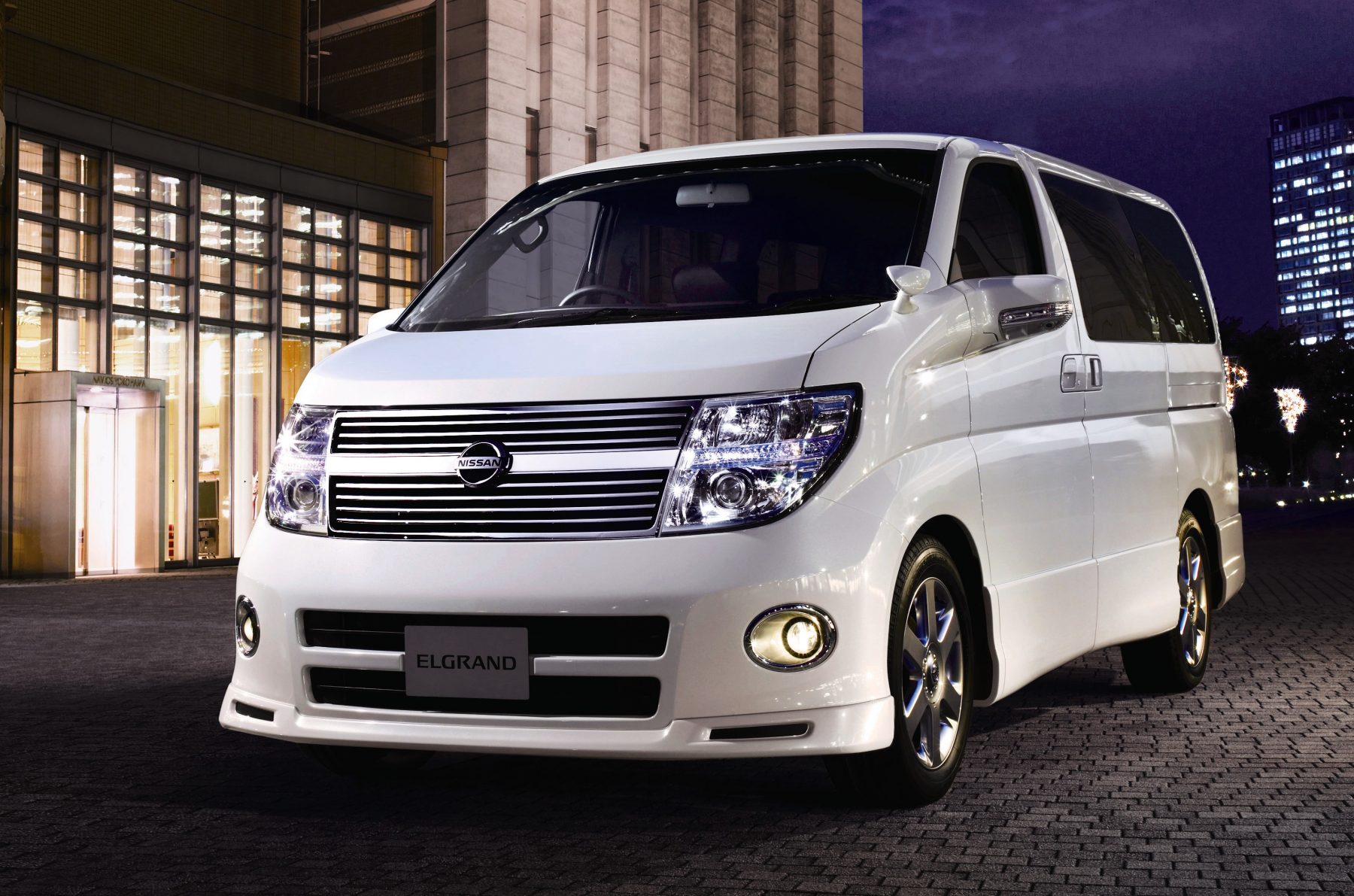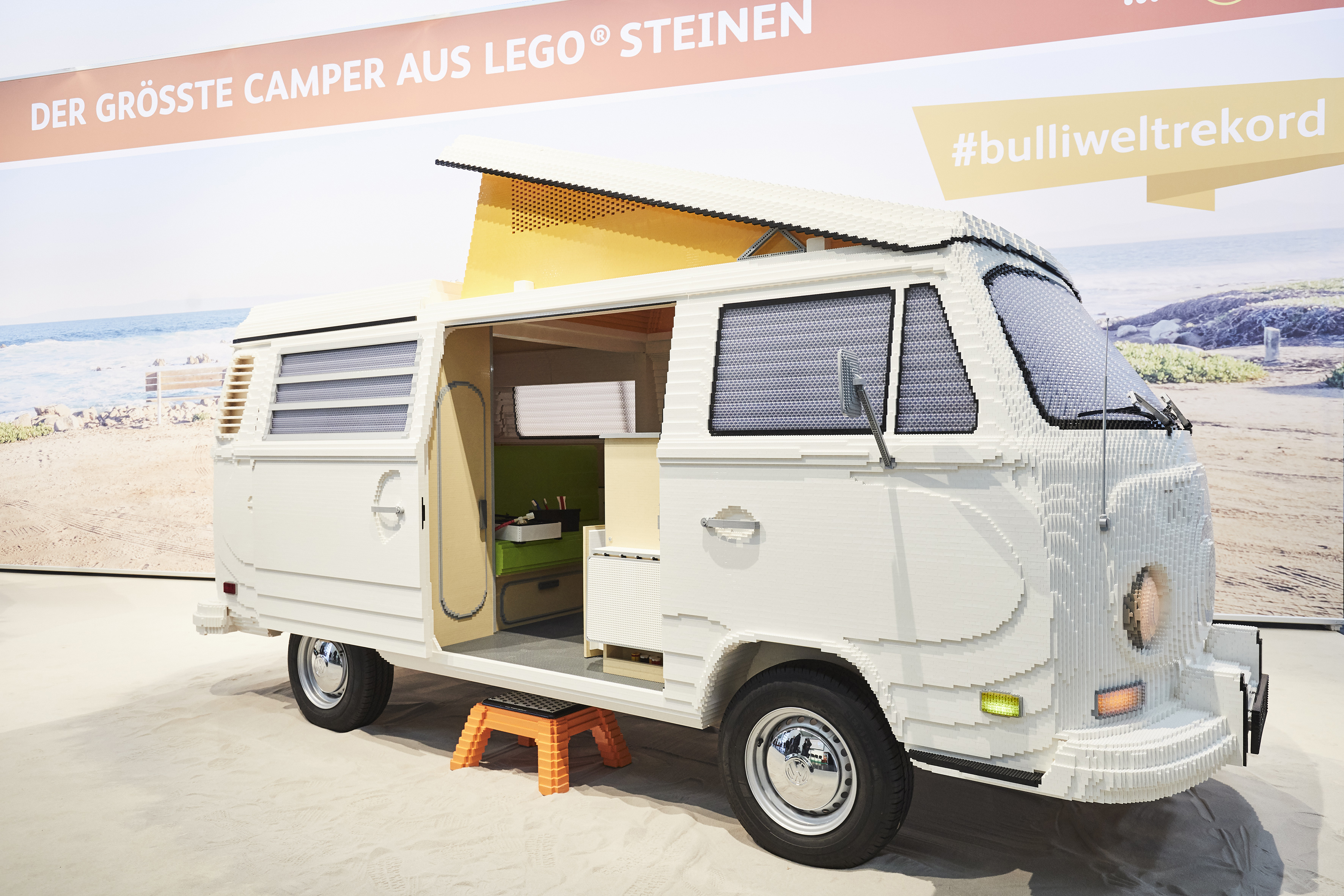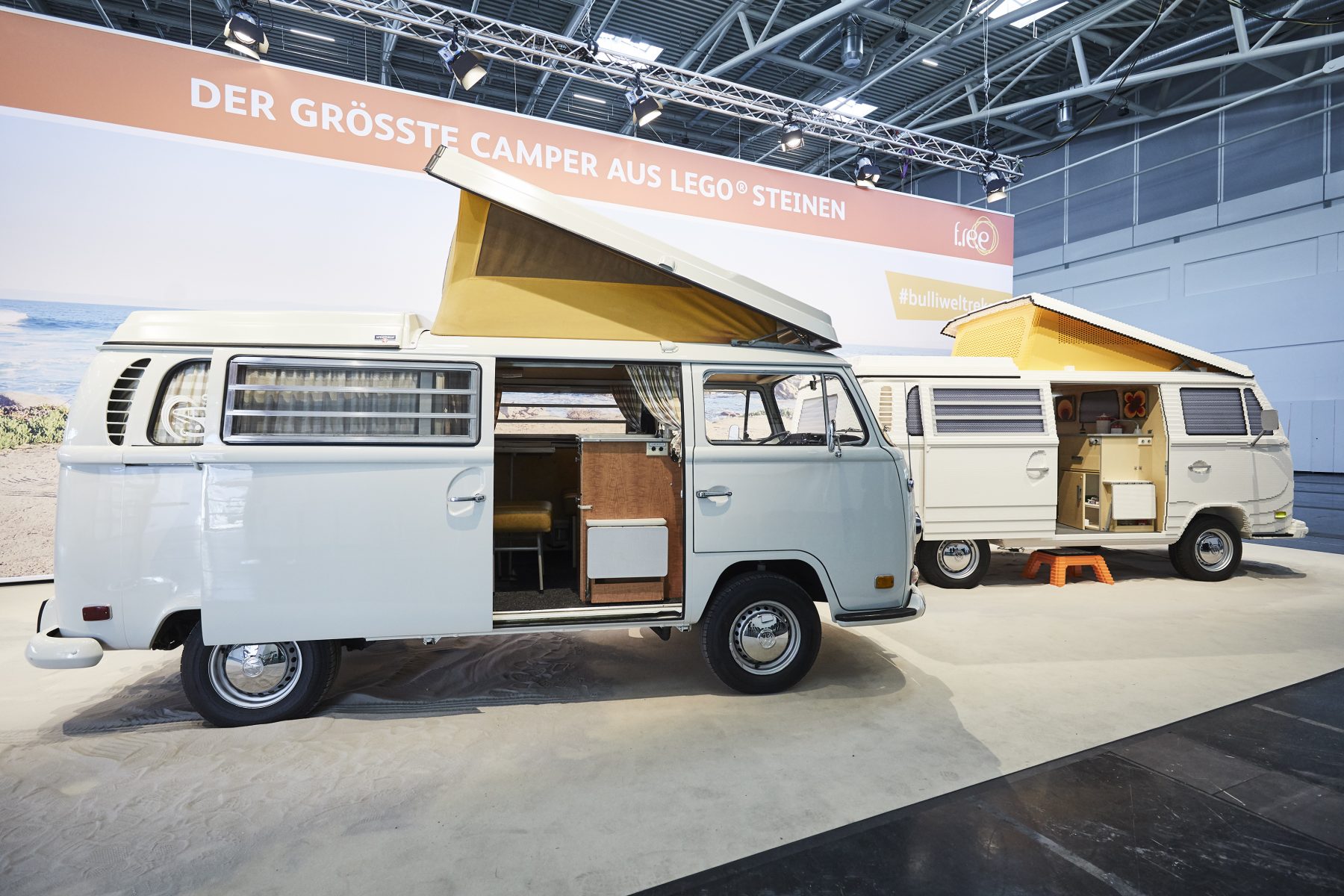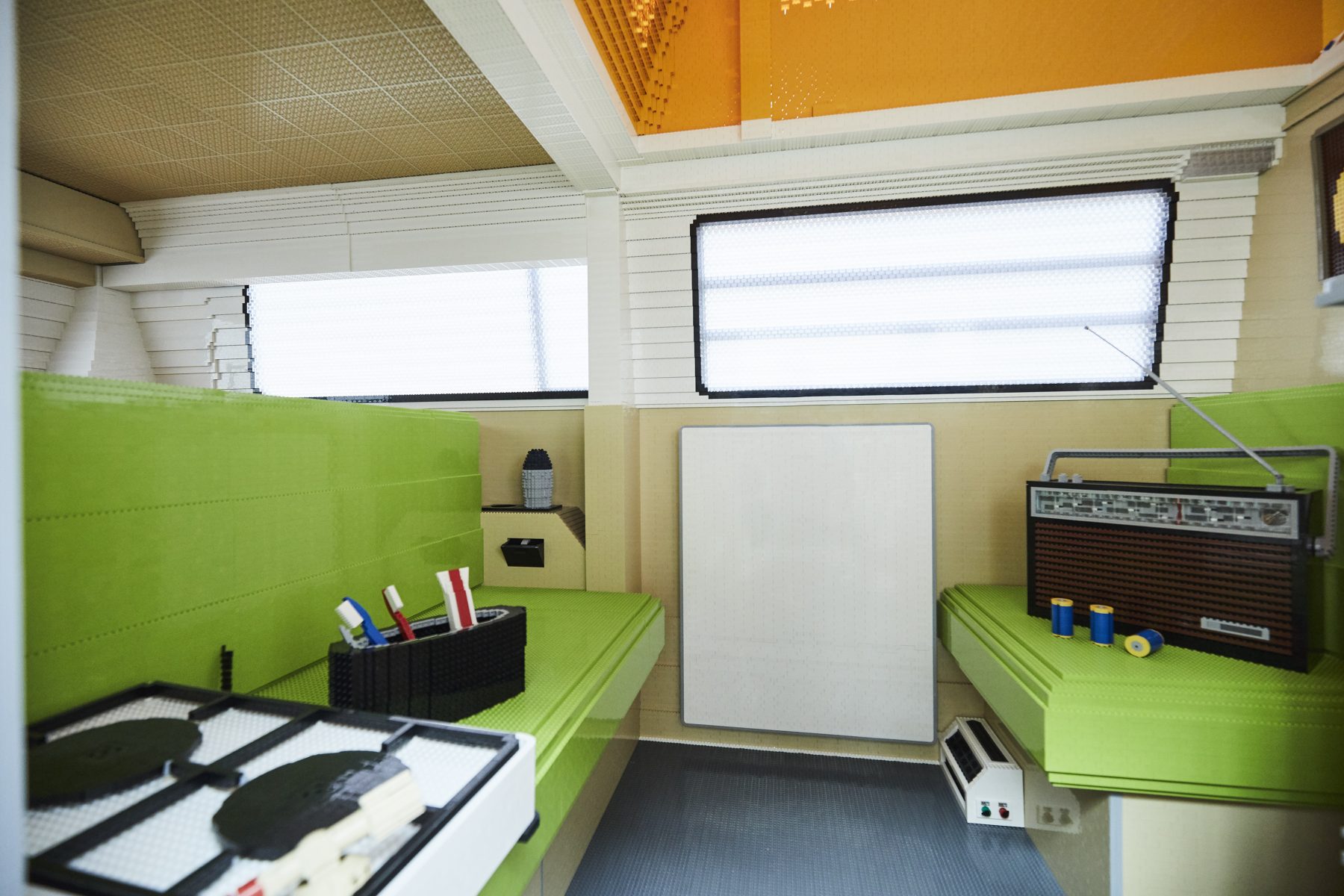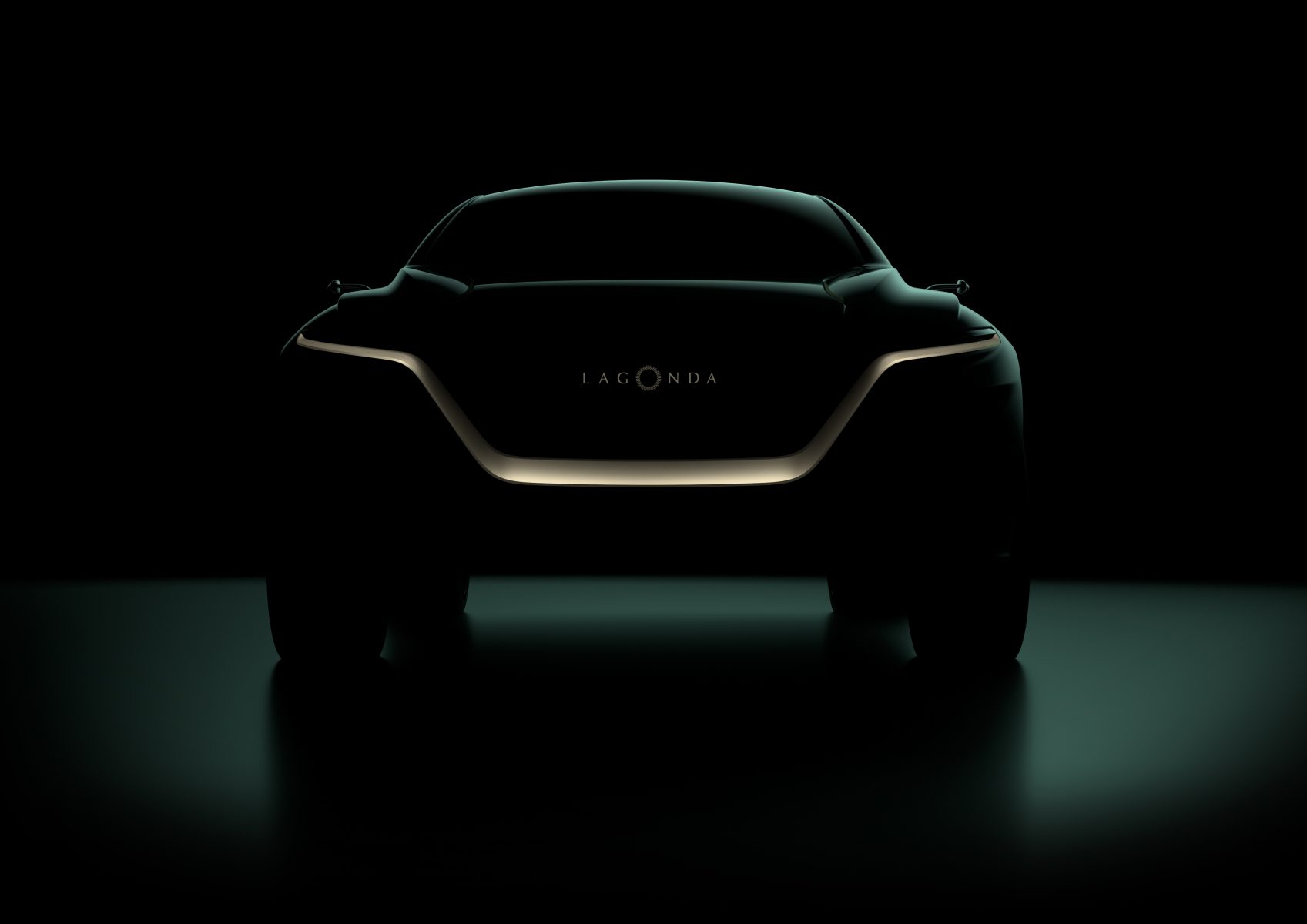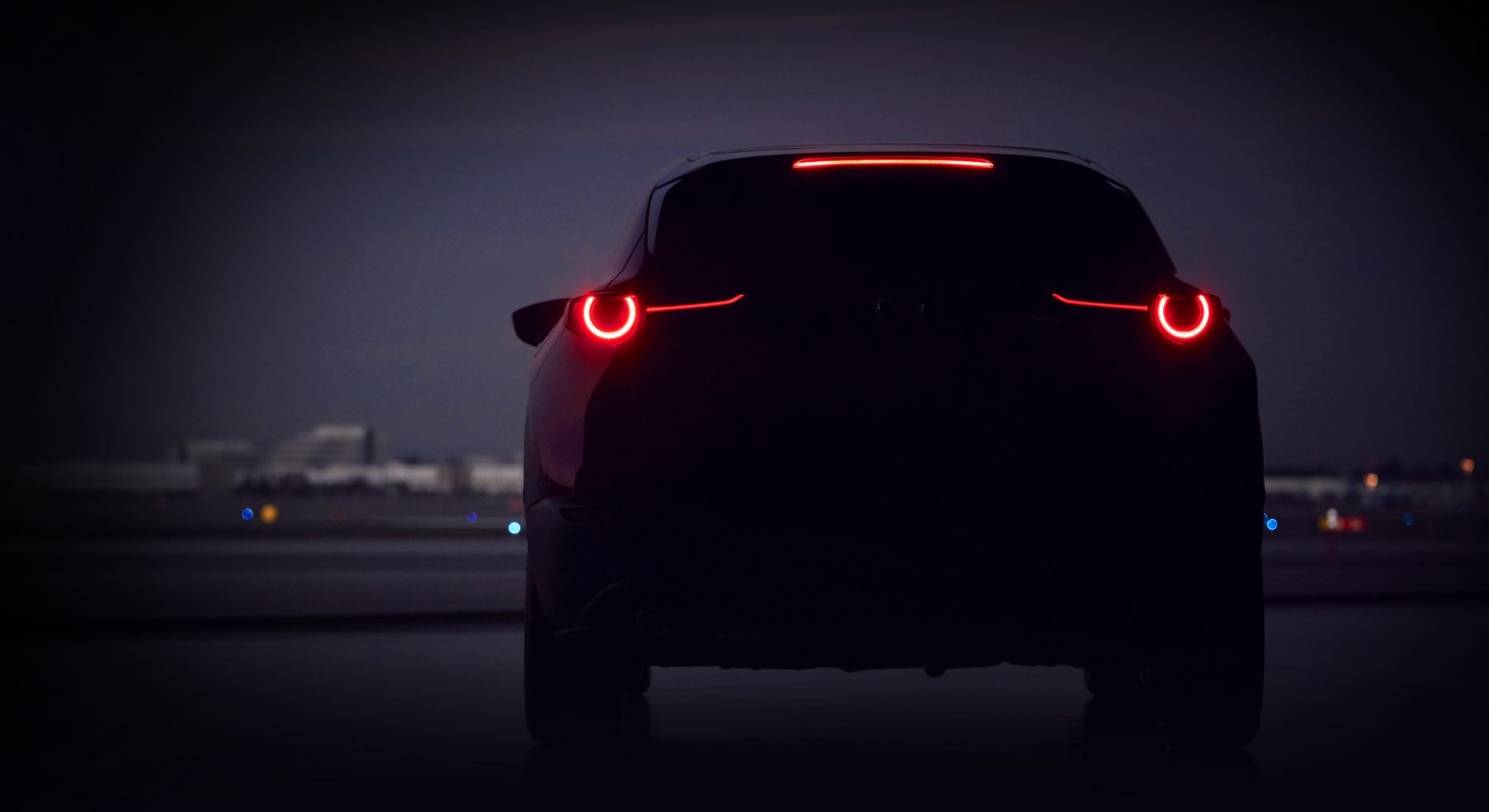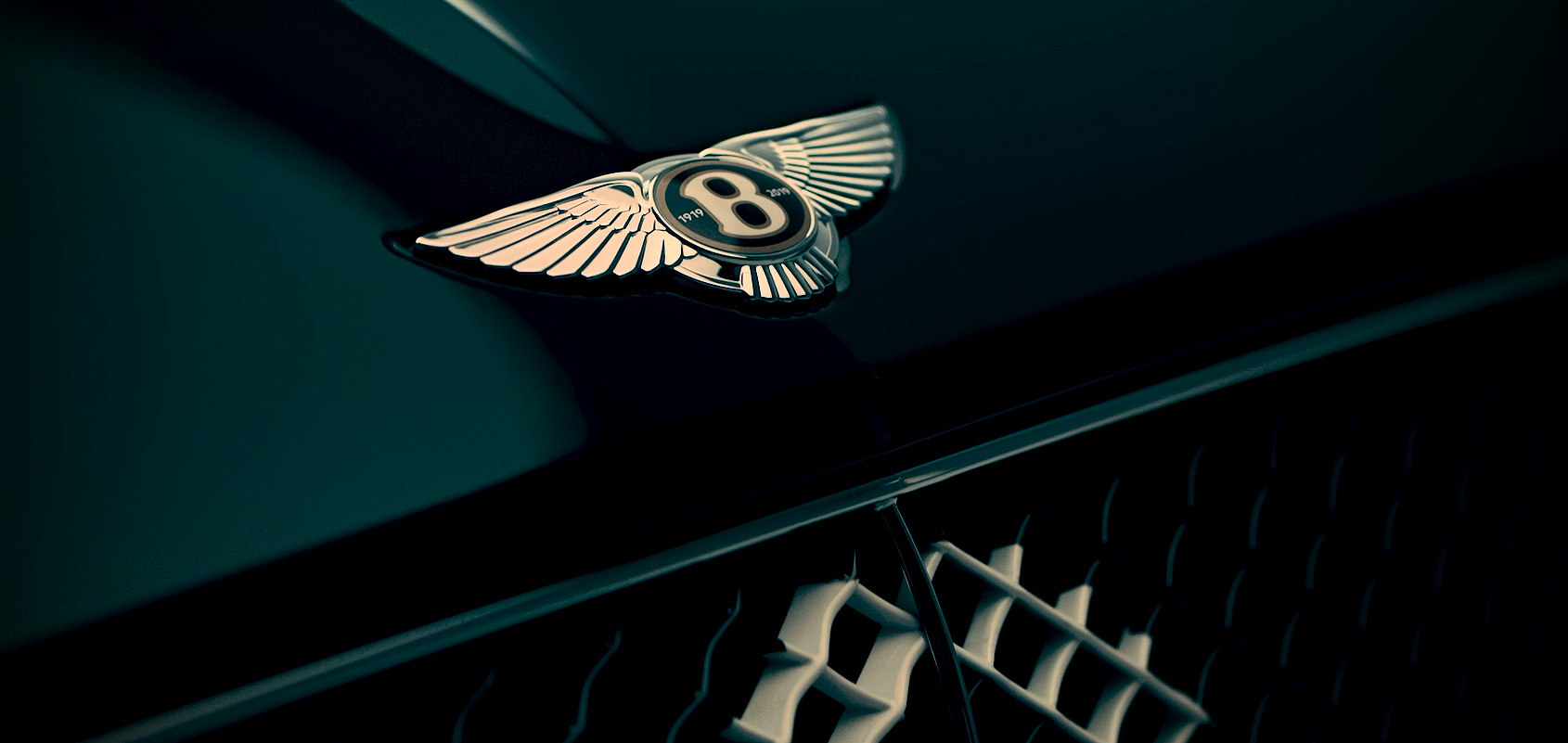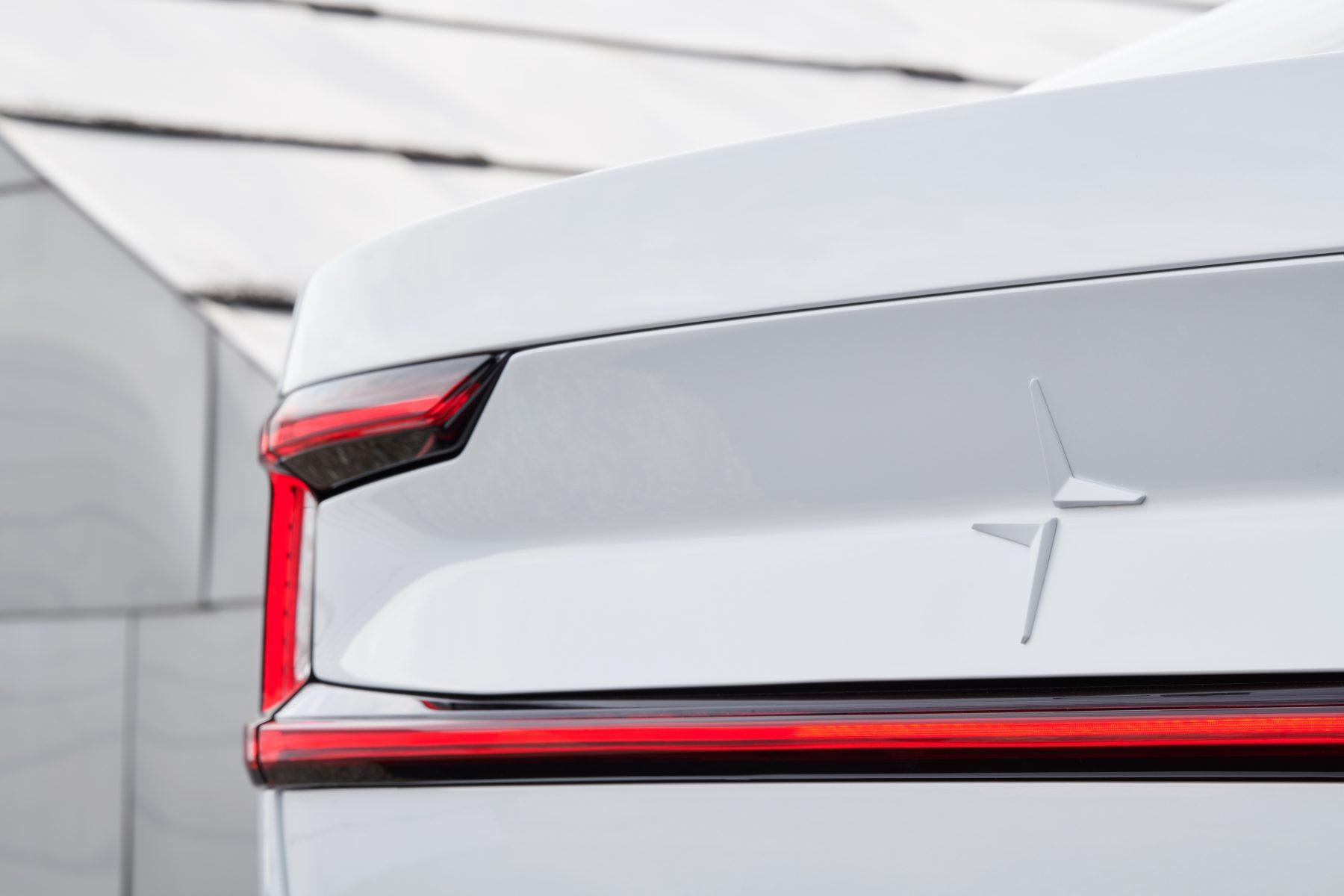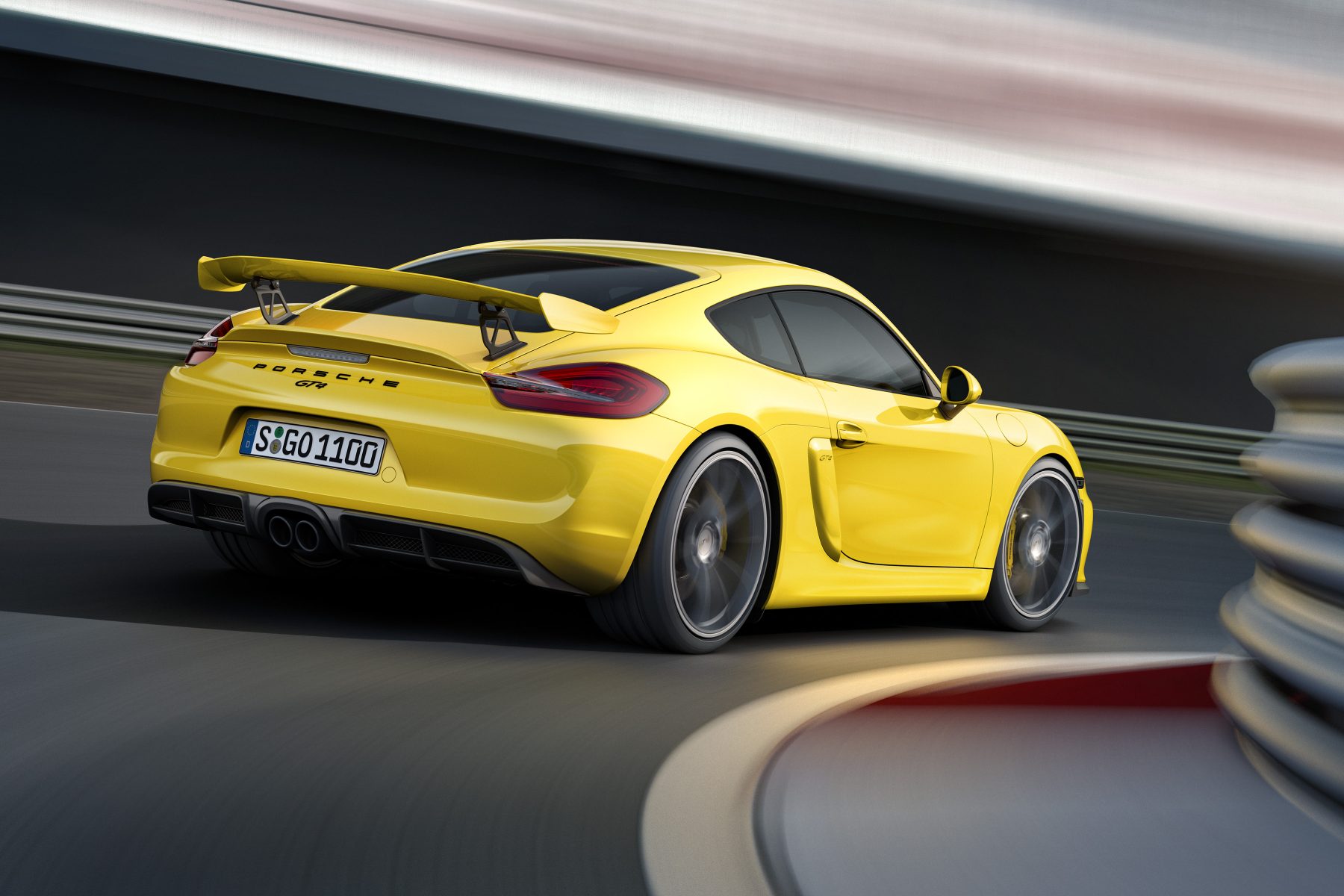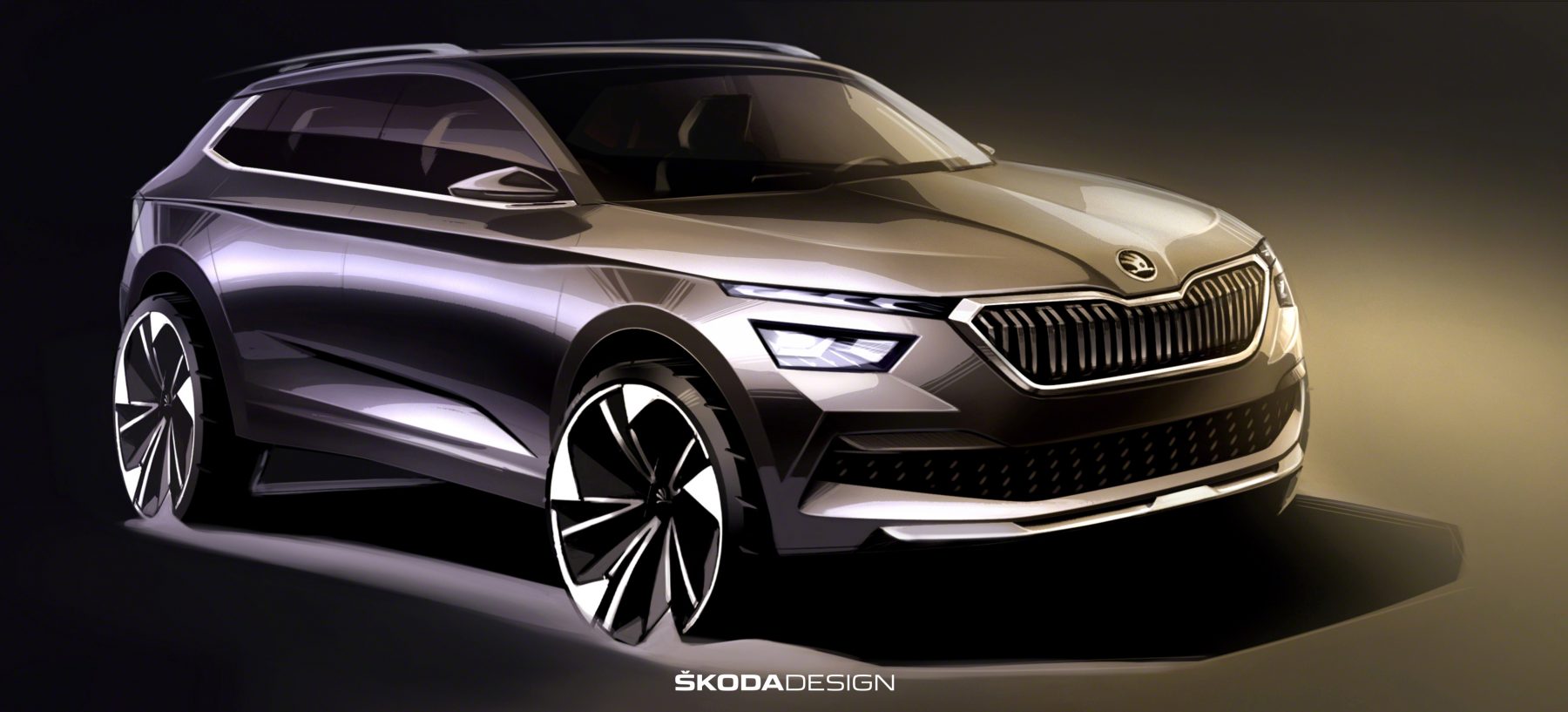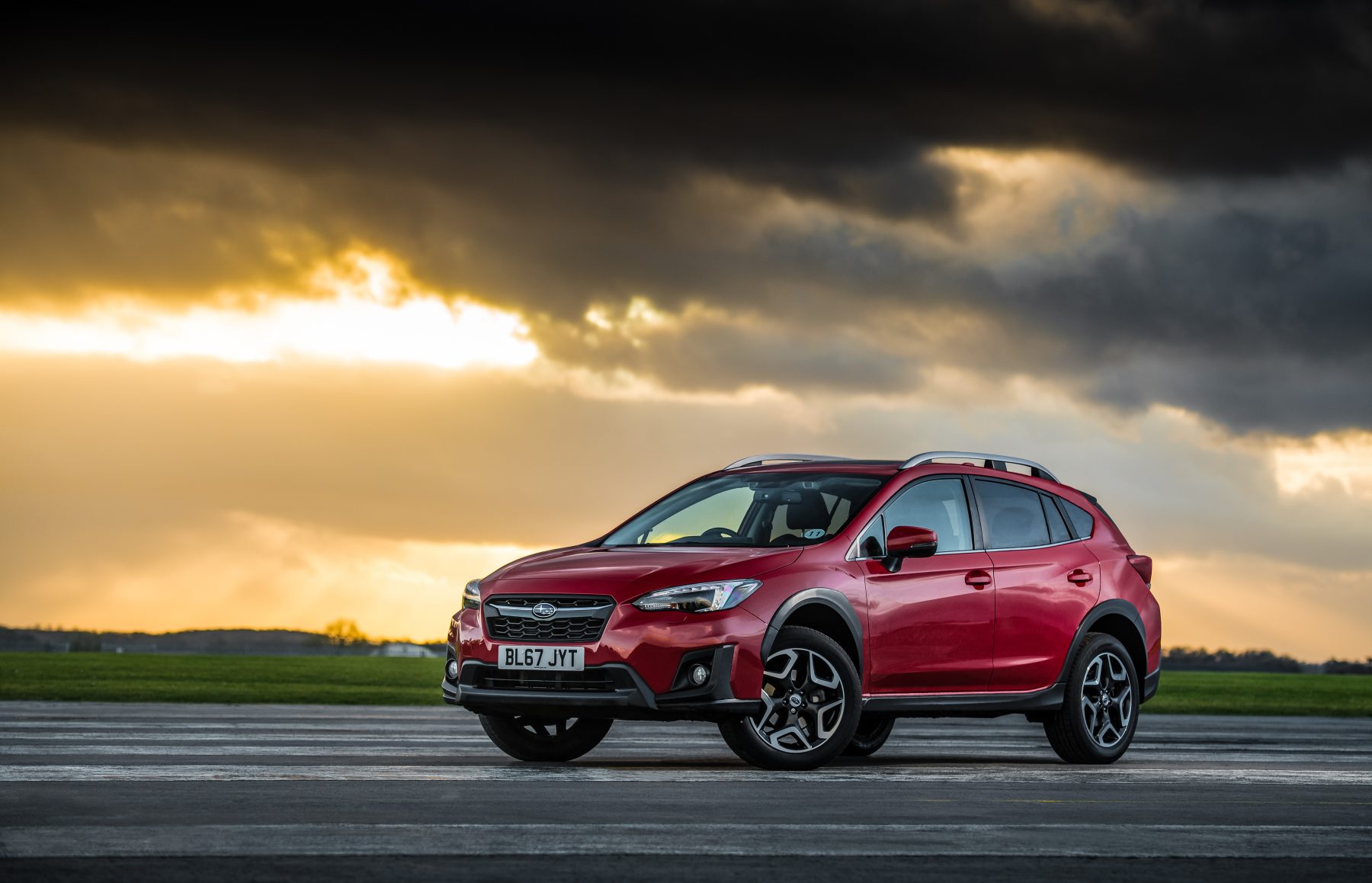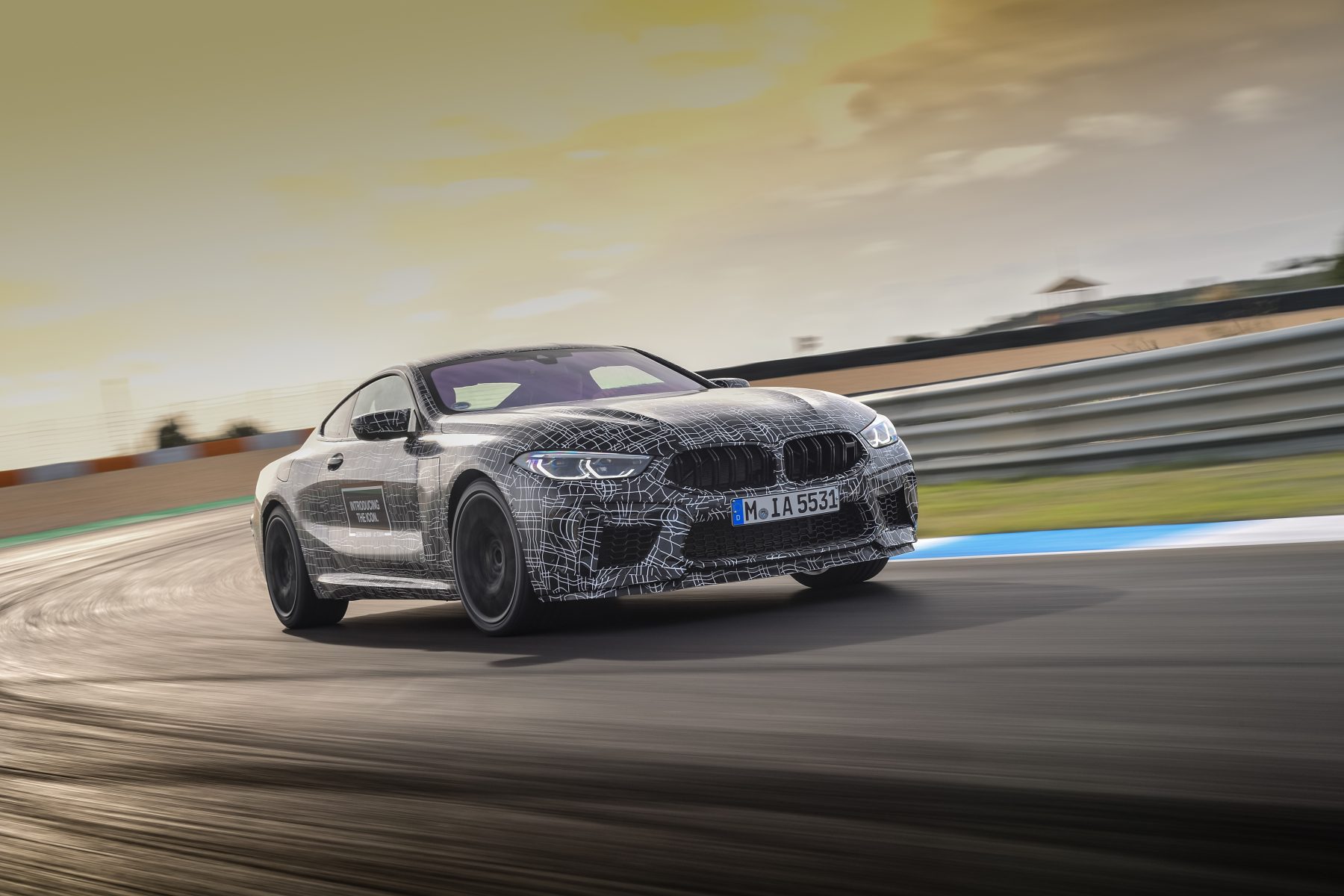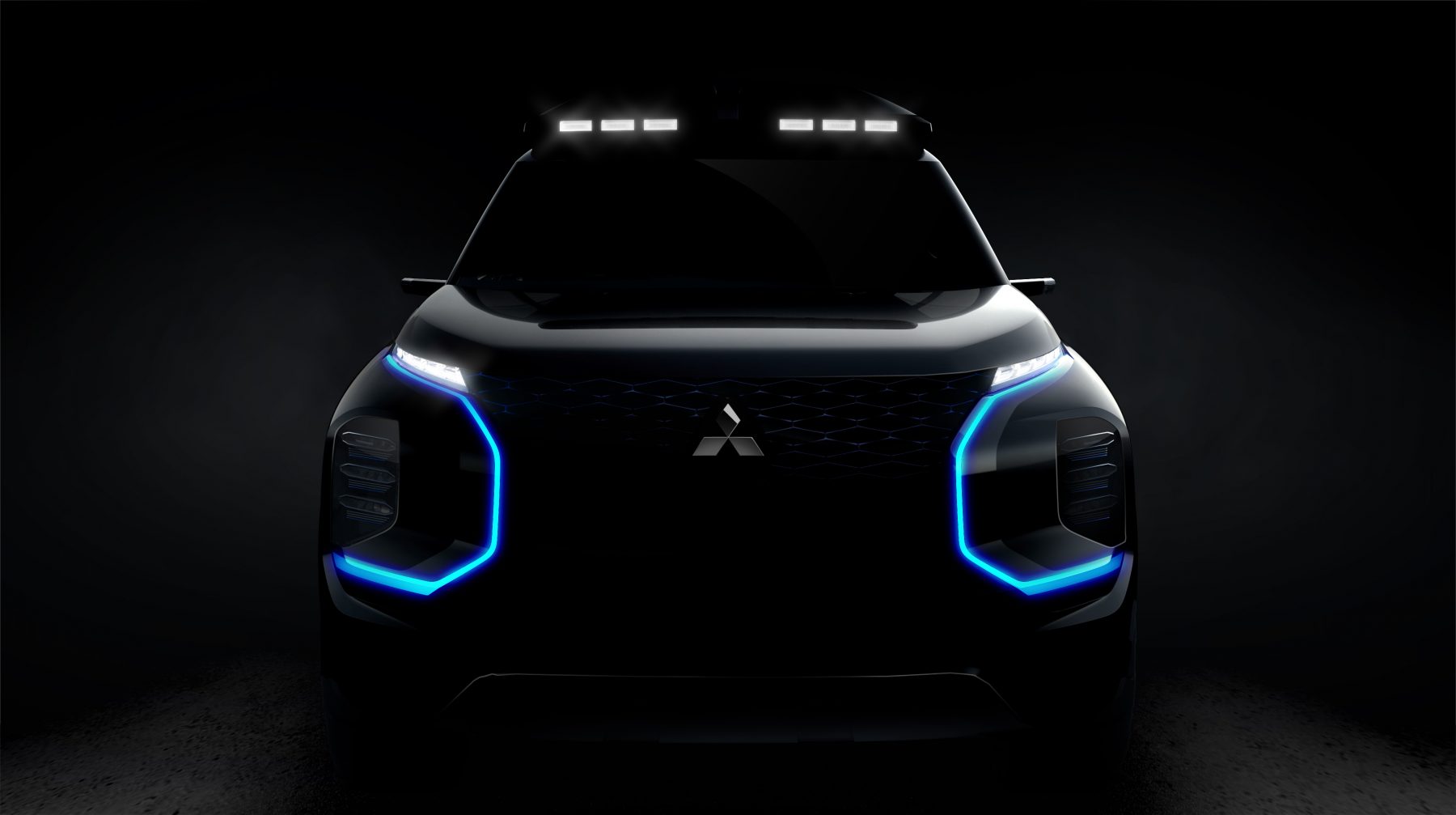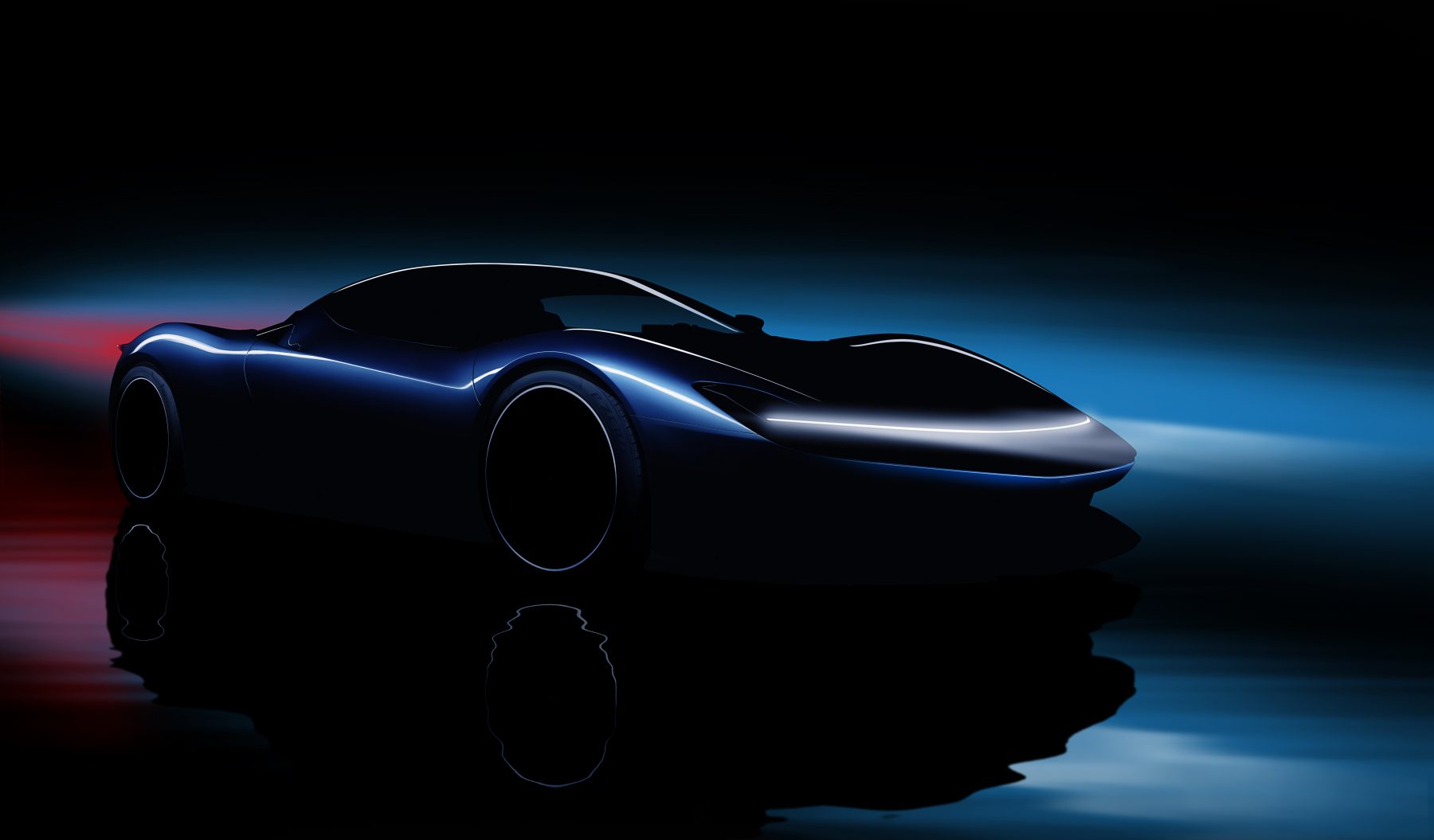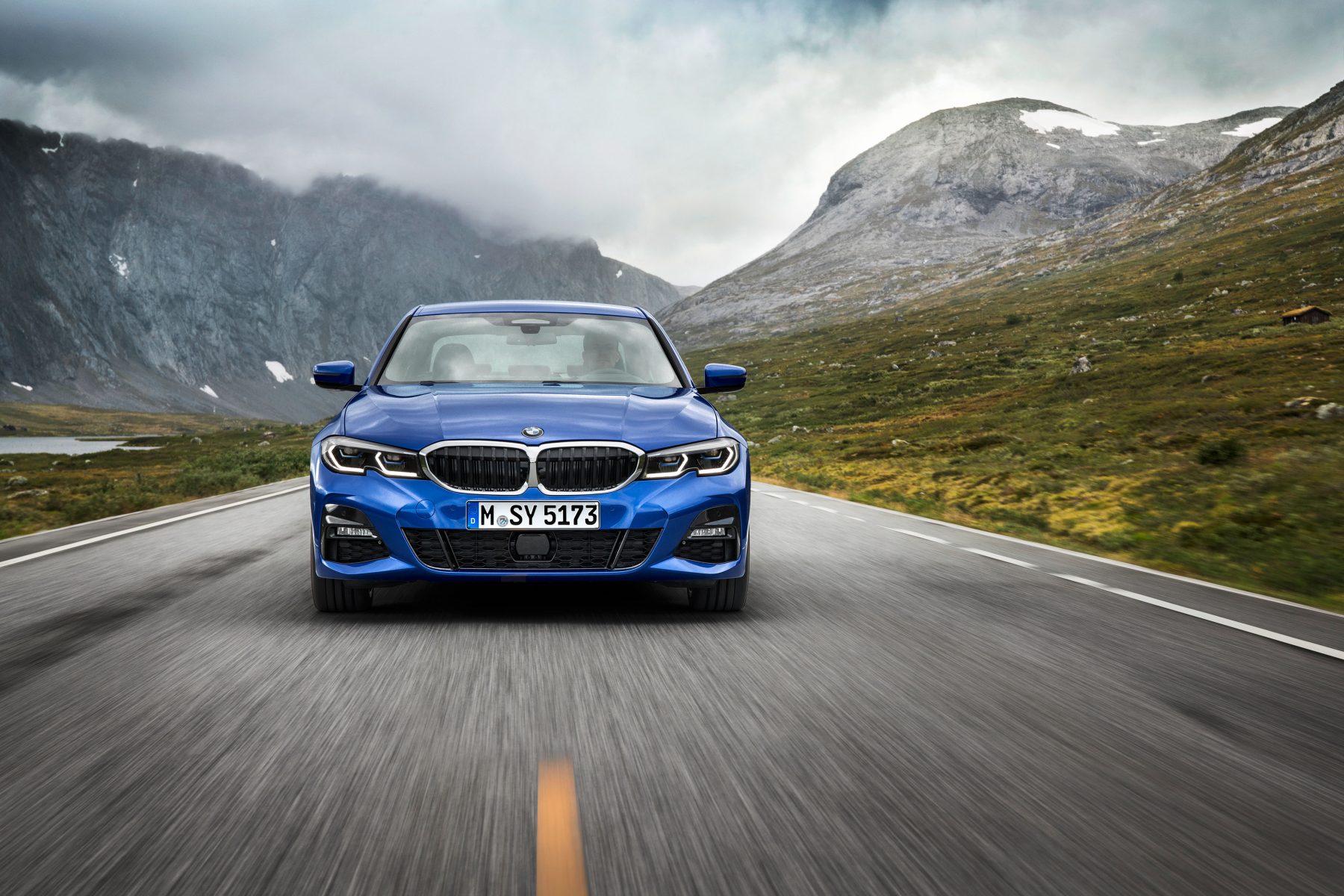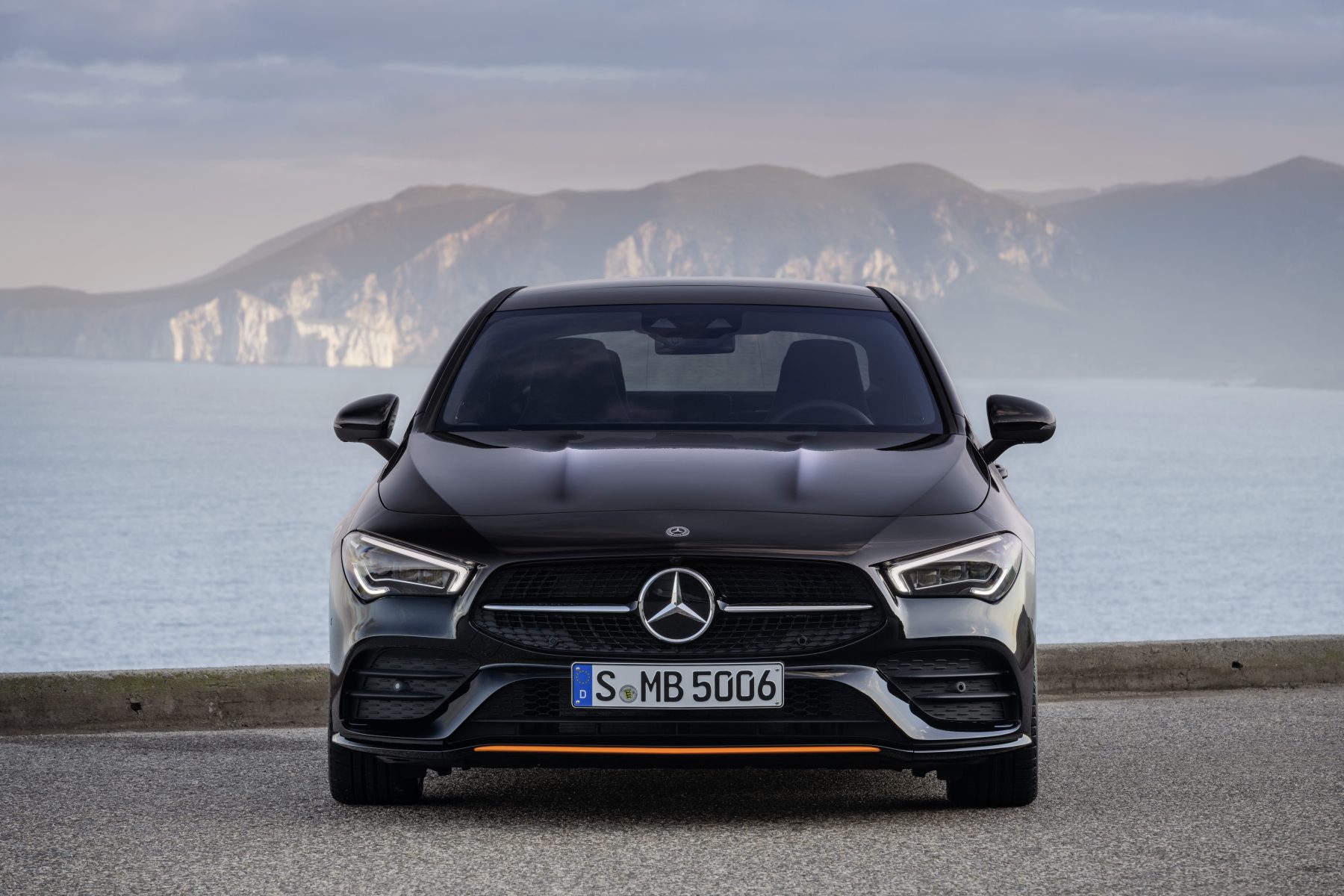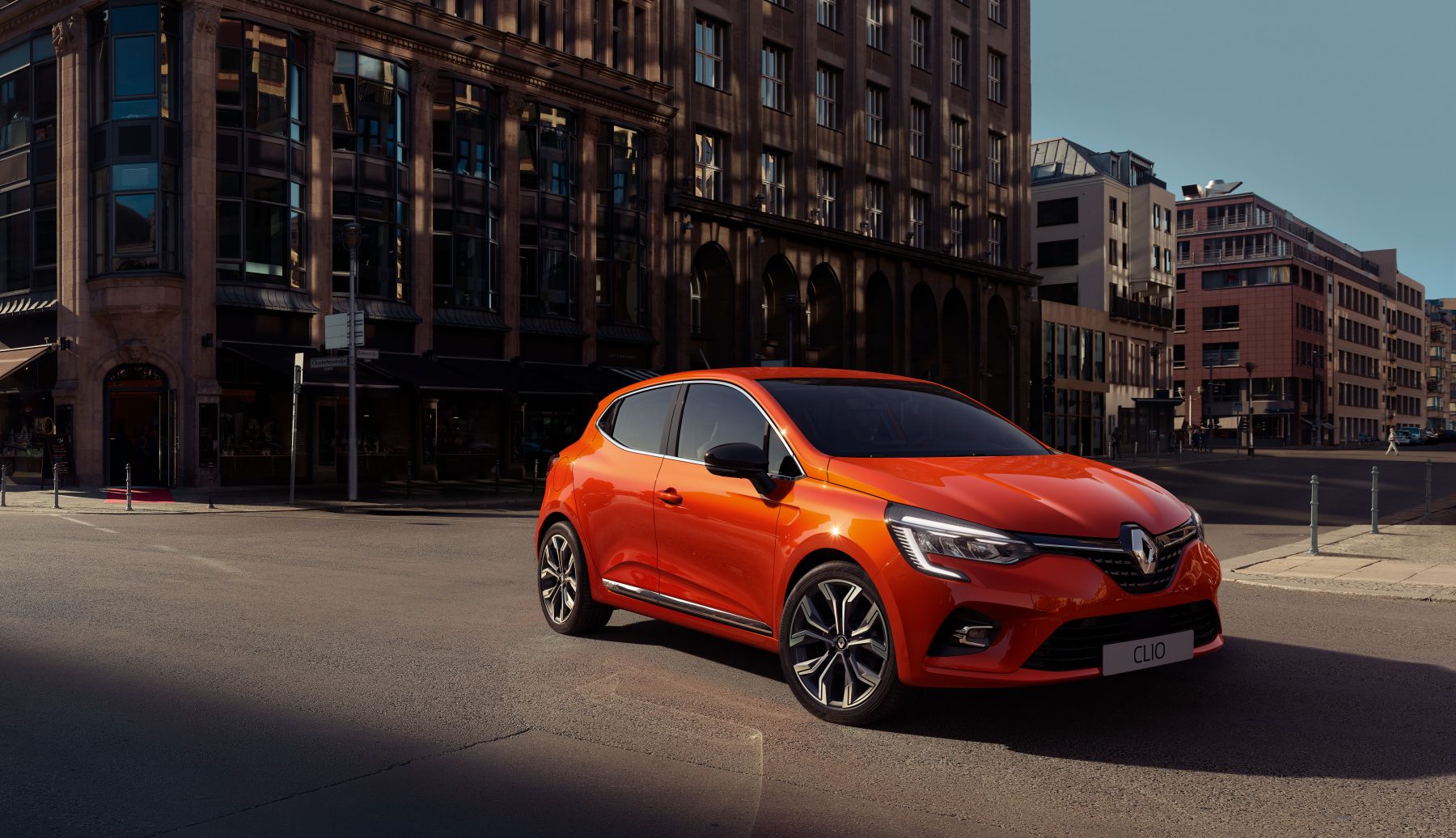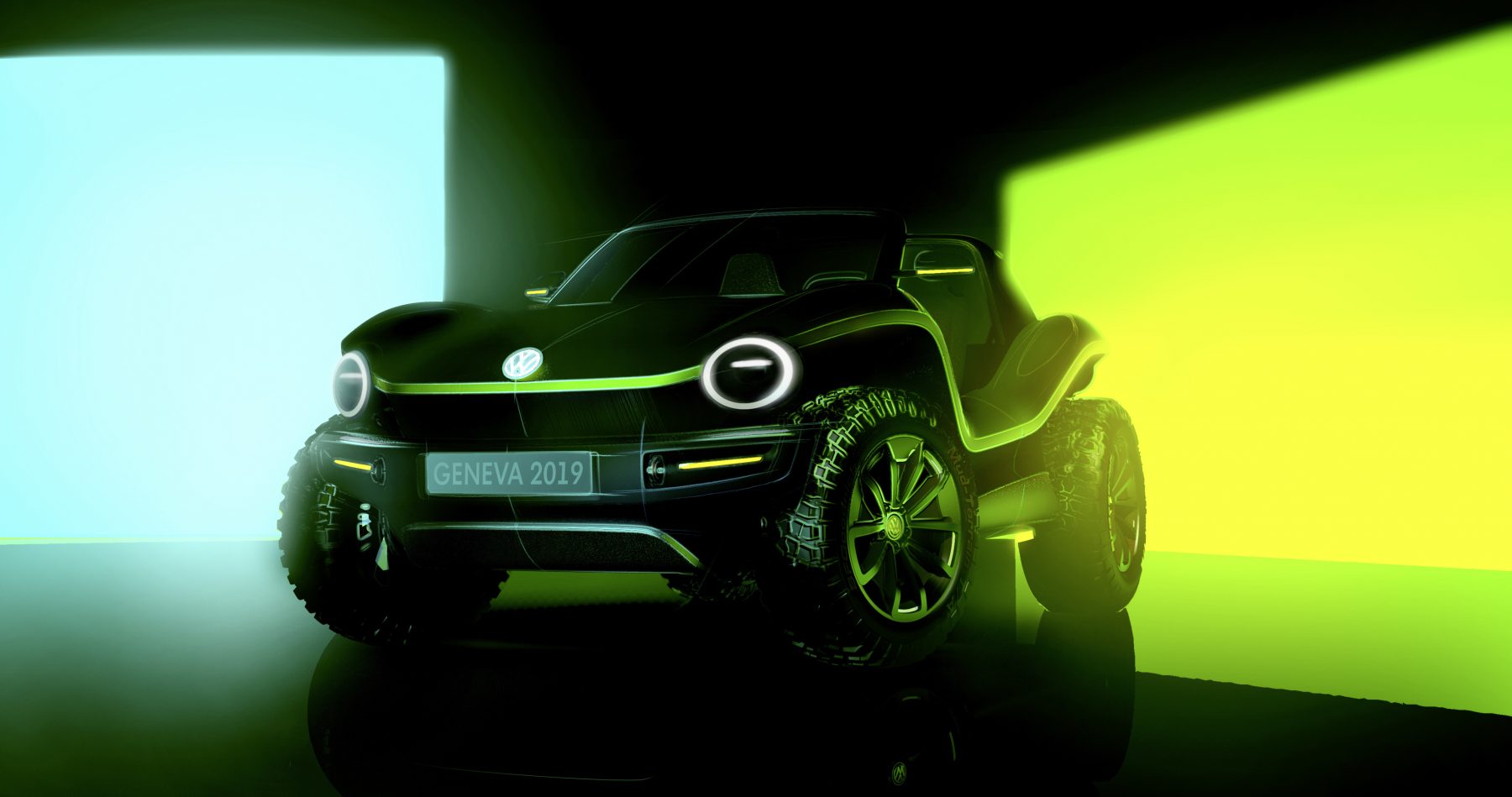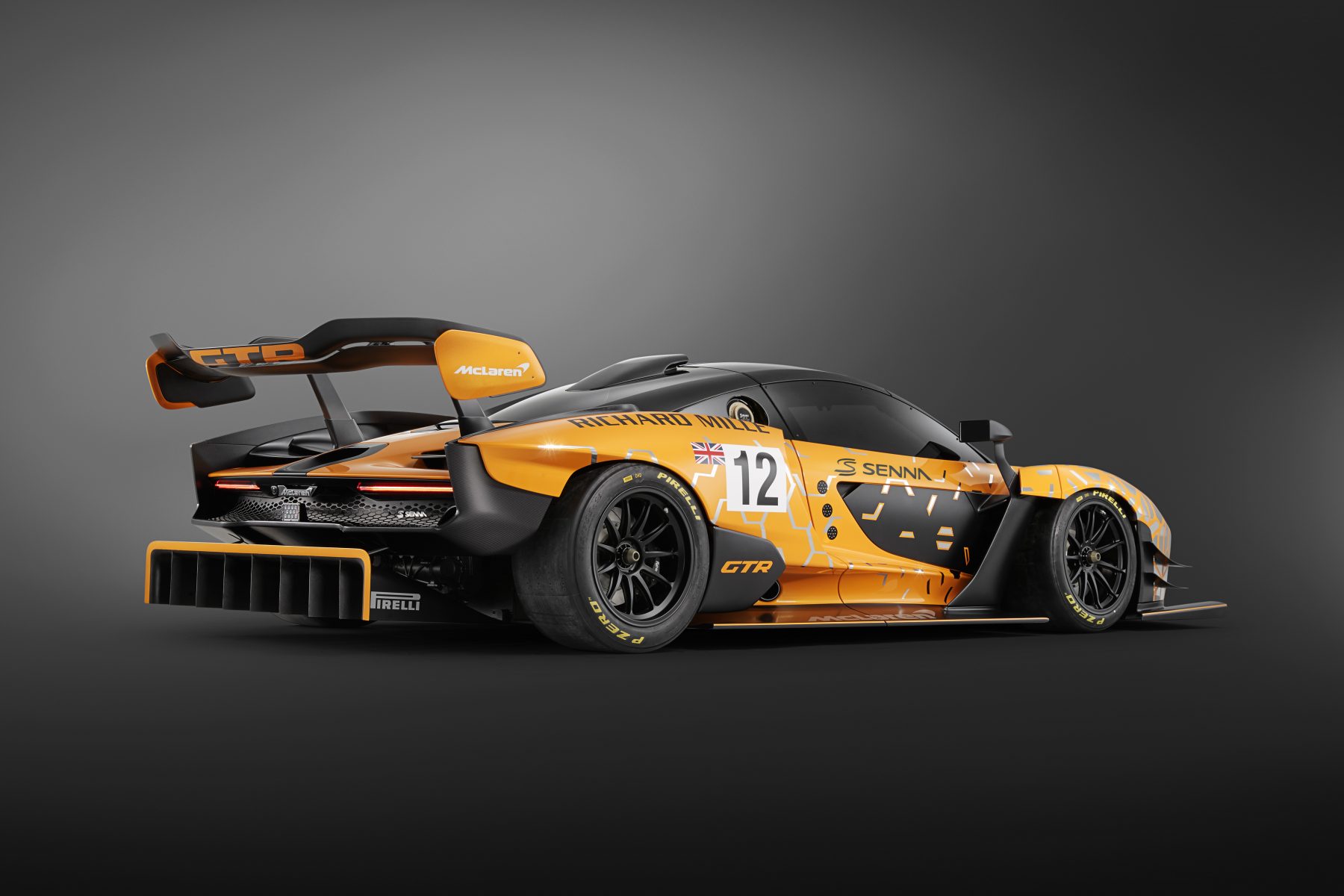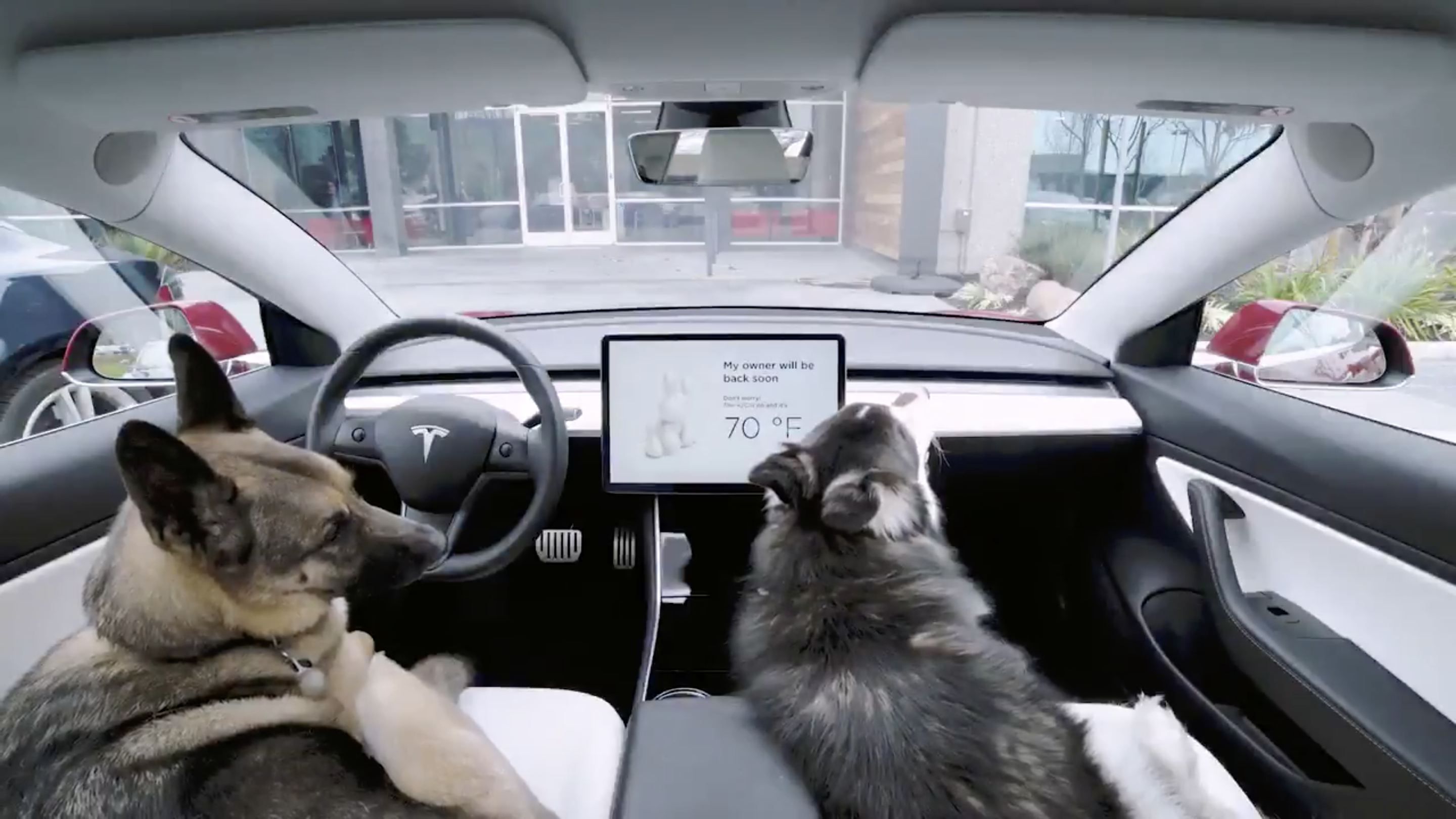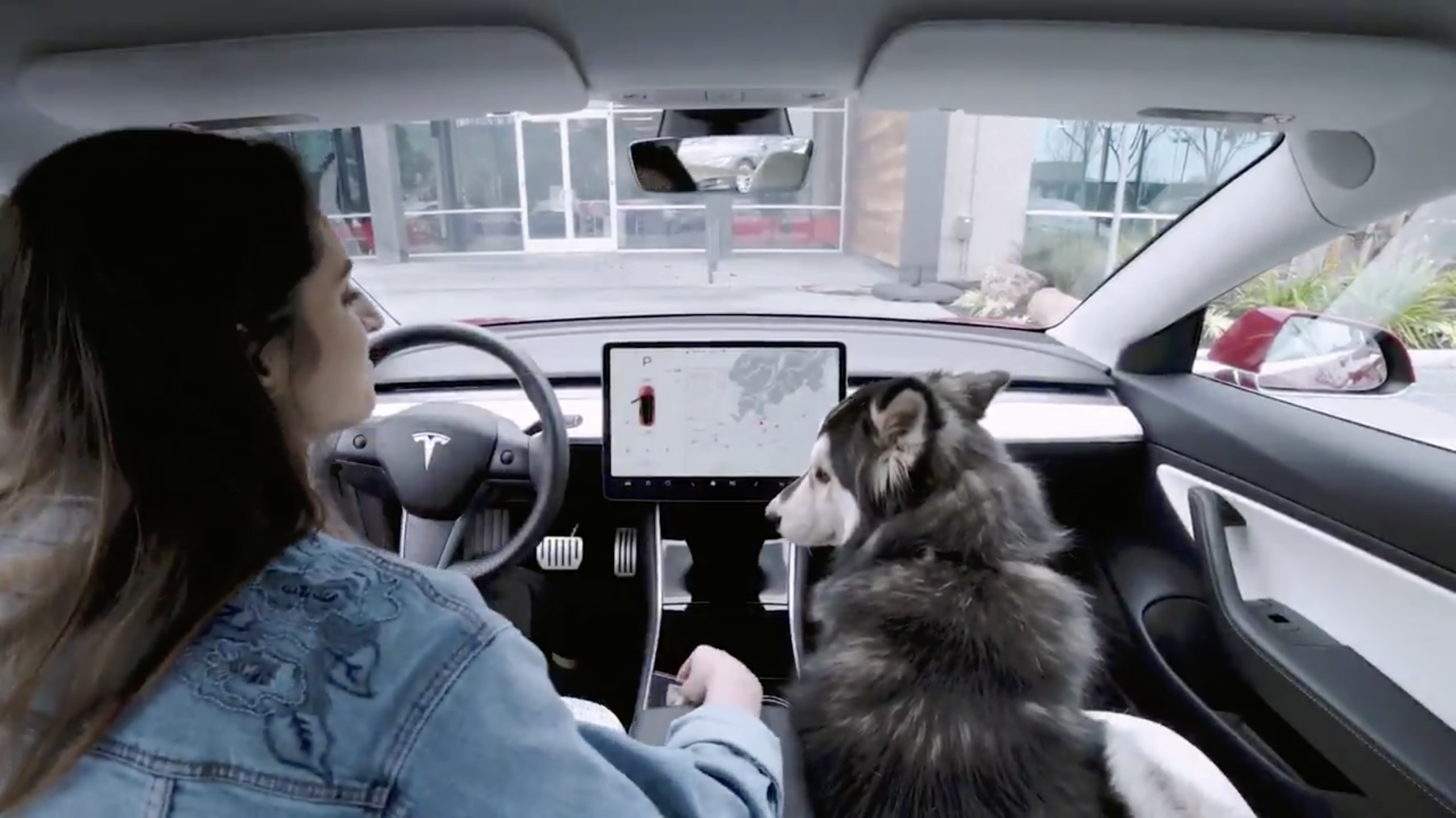What is it?

C-segment cars continue to be a popular choice for UK buyers, but it’s arguably a tough class to crack for manufacturers. With the latest Ford Focus still flying off the shelves like those before it, the Volkswagen Golf proving to soldier on, and the patriotic among us buying Vauxhall Astras in their droves, it’s going to take a real gem for the rest of the industry to break into it.
That’s something Mazda has previously struggled to do. Despite the 3 being a pleasant prospect in its previous three generations, it’s not exactly a common sight on our roads. Now though, the fourth-generation car is here – and the Japanese firm is hoping it will change that.
What’s new?
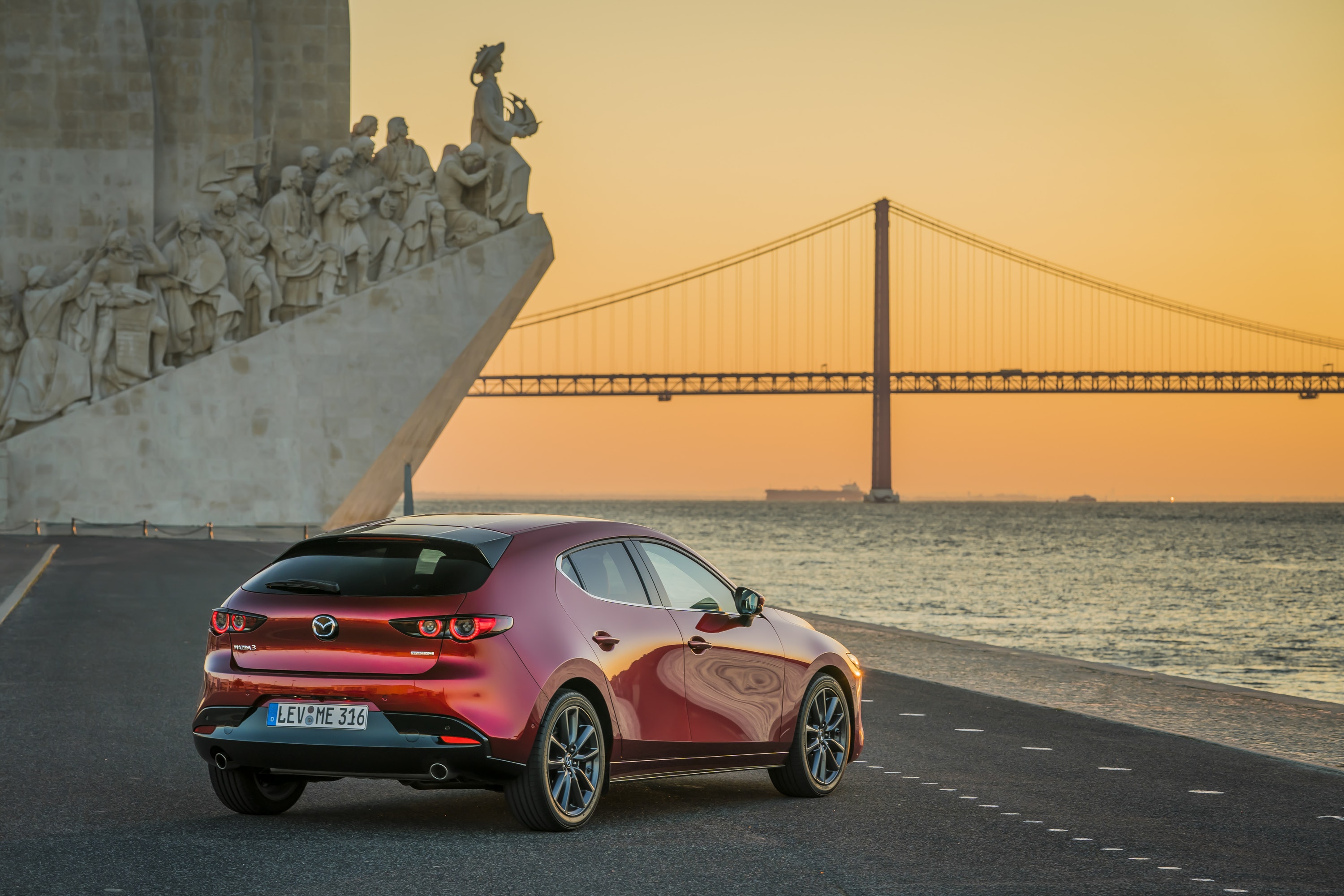
What we have here is a totally new car. It’s the first to sit on Mazda’s latest Skyactiv-Vehicle underpinnings, which is said to improve comfort, handling and overall refinement. There’s also a fresh take on its ‘Kodo’ corporate design.
Key to the Mazda3’s potential success is the all-new Skyactiv-X technology, which the manufacturer claims can deliver the efficiency and torque of a diesel on cleaner petrol engines. It’s not quite ready for market yet though, so we’ll have to wait until later in the year for a verdict on that.
What’s under the bonnet?
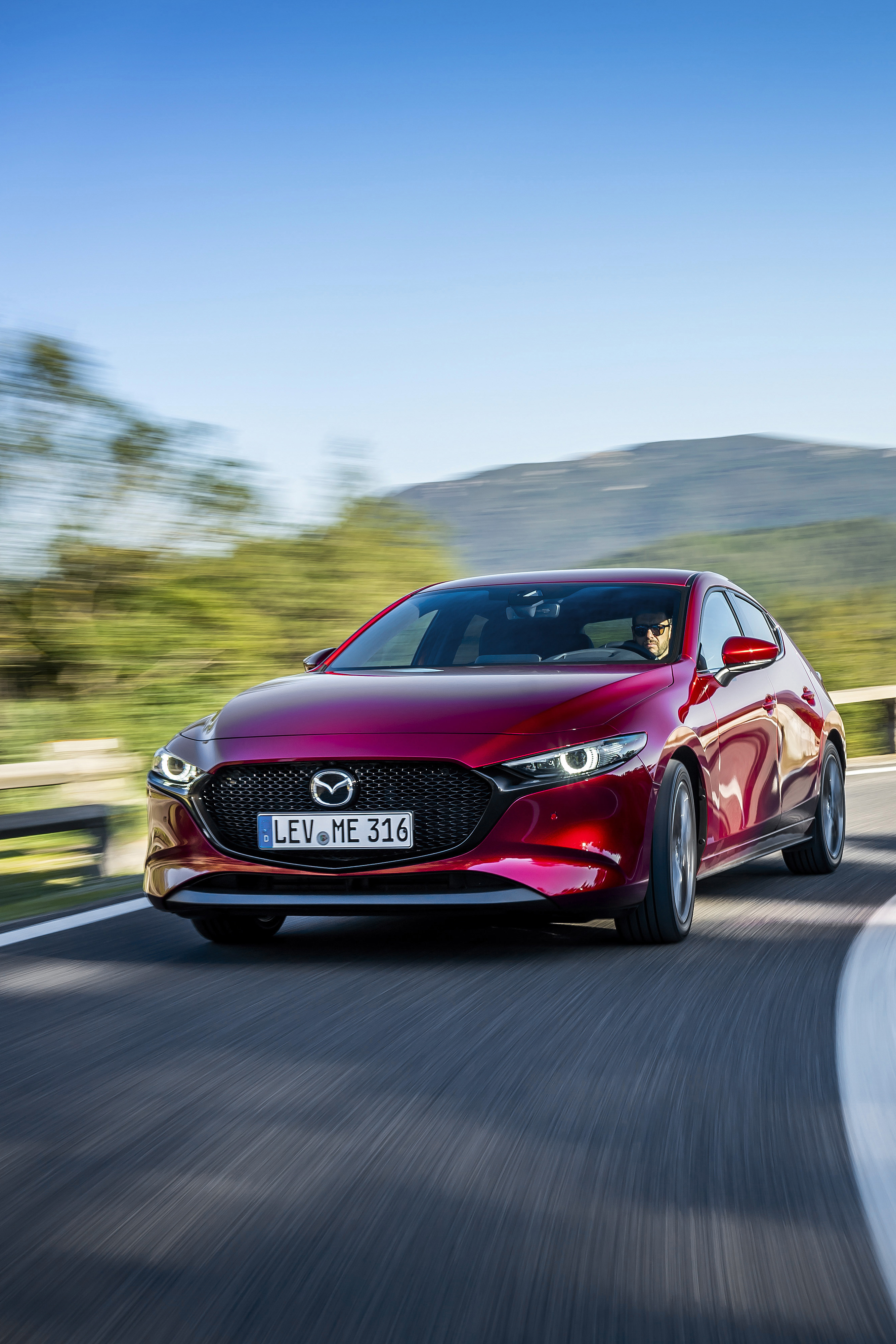
While we wait to see if Skyactiv-X lives up to the hype, two Skyactiv engines are available from launch for the 3 hatchback — one naturally aspirated 2.0-litre petrol and one 1.8-litre turbodiesel. The green-pump option also comes as part of a mild-hybrid powertrain.
It’s the former of those we had a go in. Developing 120bhp and 213Nm of torque, power is sent to the front wheels via a six-speed manual gearbox (an automatic is also available). As a result, 0-60mph comes in a not-so-brisk 10.2 seconds, with a 122mph top speed possible. Mazda claims it can also achieve 44.8mpg on the combined cycle – although we actually managed 47.8mpg on our mixed test route – along with 142g/km of CO2 emissions.
As the figures may suggest, this isn’t a powerhouse – in fact, it’s fair to call it slow. However, it does offer a smooth drive that turbocharged rivals struggle to deliver – just be prepared to work it hard in more demanding driving scenarios.
What’s it like to drive?
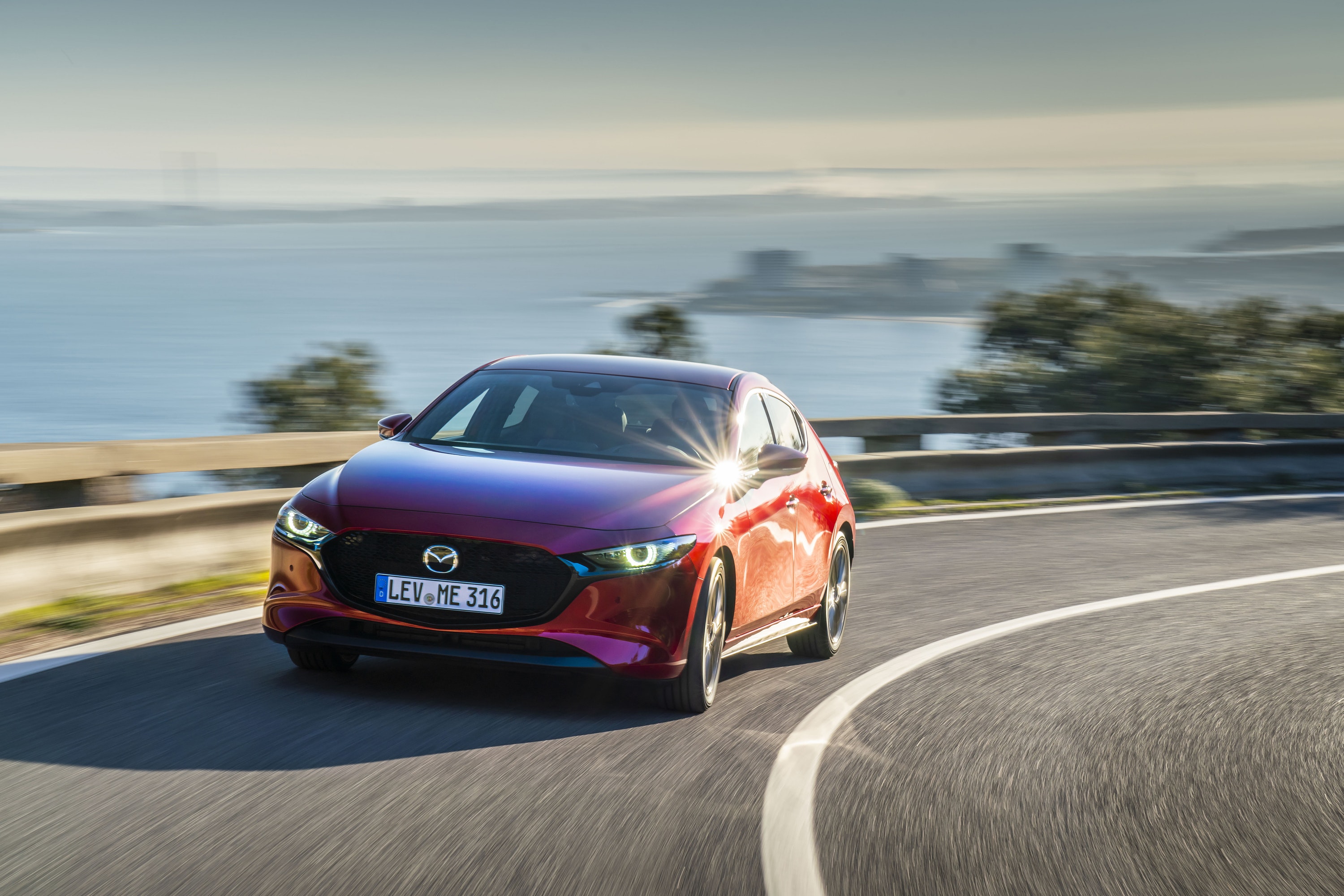
The Mazda3 has always had an impressive behind-the-wheel experience, ranking among the class best as a driving machine. That’s no different here, with well-judged steering combining with a composed chassis to provide some serious fun – it’s almost crying out for a more potent engine. The latest Ford Focus still pips it to the top spot, but the gap isn’t huge between the two.
It’s also refined and comfortable on the motorway, although the ride is a touch firm compared with an equivalent VW Golf but not so much as to spoil the car. Wind and road noise coming into the cabin is fairly minimal too.
How does it look?
Soul Red Crystal just keeps getting better pic.twitter.com/n8QNclCEEC
— Ryan Hirons (@RyHirons) February 20, 2019
In a nutshell: jaw-dropping. Mazda has the good-looking car formula nailed down with its ‘Kodo’ design, and the 3 is a continuation of that.
Its concept-car-like front makes any other car in this price bracket on the road look ancient in comparison, and the sloping roofline creates a silhouette that rivals even the best coupes on the market. Press photos elicited mixed feelings on the chunky C-pillar introduced here, but it’s better appreciated in the metal. It looks properly good.
Better still is the saloon version – but that’s not set to come to market until later on in 2019.
What’s it like inside?
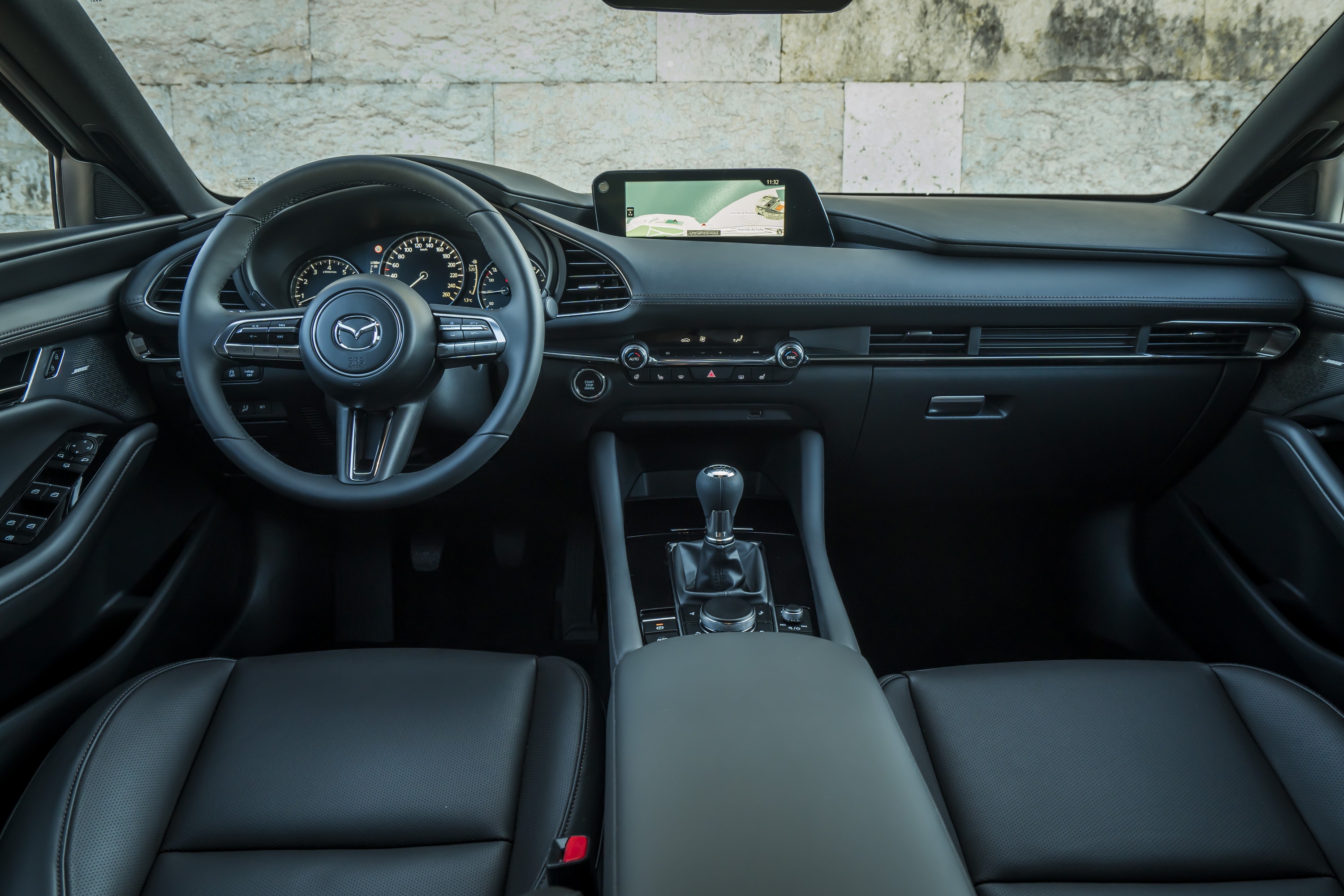
The Mazda3 makes a convincing effort at seeming more upmarket inside than it actually is. High-quality materials are present throughout – particularly on high-spec GT Sport models onwards, which benefit from a full black leather interior – and the three-piece dash is particularly effective at creating an elegant look. This also opens up the possibility of some interesting interior colour combinations down the line.
It’s not perfect, though. Rear passengers may struggle for headroom as a result of the sloped roofline.
As for boot space, the hatchback has 358 litres – a marginal decrease on the old car’s 364 litres, while also lagging slightly behind the Ford Focus’s 375 and VW Golf’s 380.
What’s the spec like?
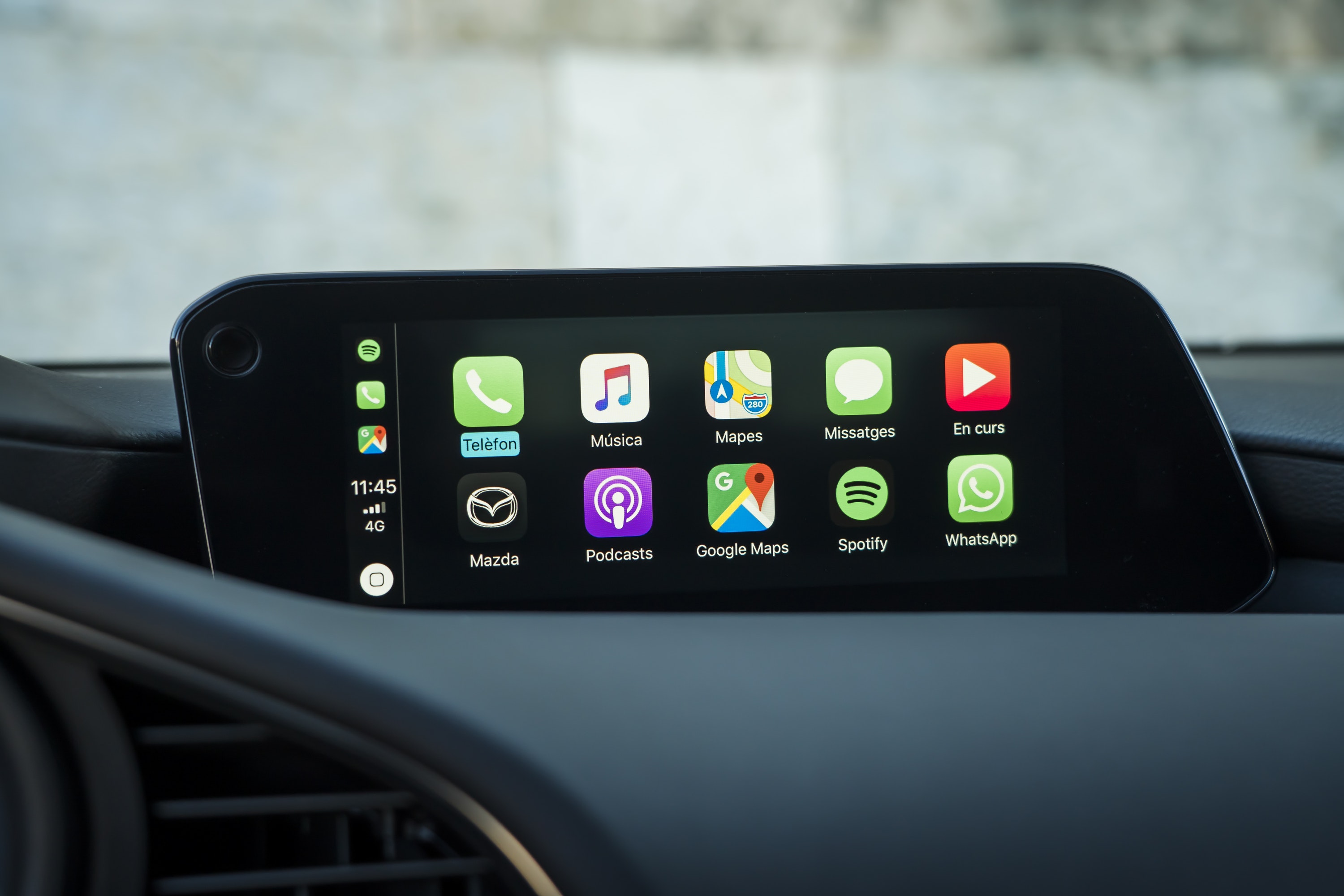
Mazda likes to be generous with its equipment offerings, and the 3 is no exception to this. As standard across the range, the hatch boasts a head-up display, adaptive cruise control with traffic sign recognition, LED headlights and a newly designed infotainment system displayed on an 8.8-inch display. The infotainment system in particular is a highlight, building on Mazda’s already intuitive software and giving it a more modern feel.
Extras on our GT Sport Tech test car included keyless entry, heated front seats, rear privacy glass, 18-inch alloy wheels, a heated steering wheel, 360-degree camera system and a Bose audio system. With the range starting from £20,595 and topping out at £27,735, the Mazda 3 is a serious value-for-money prospect.
Verdict
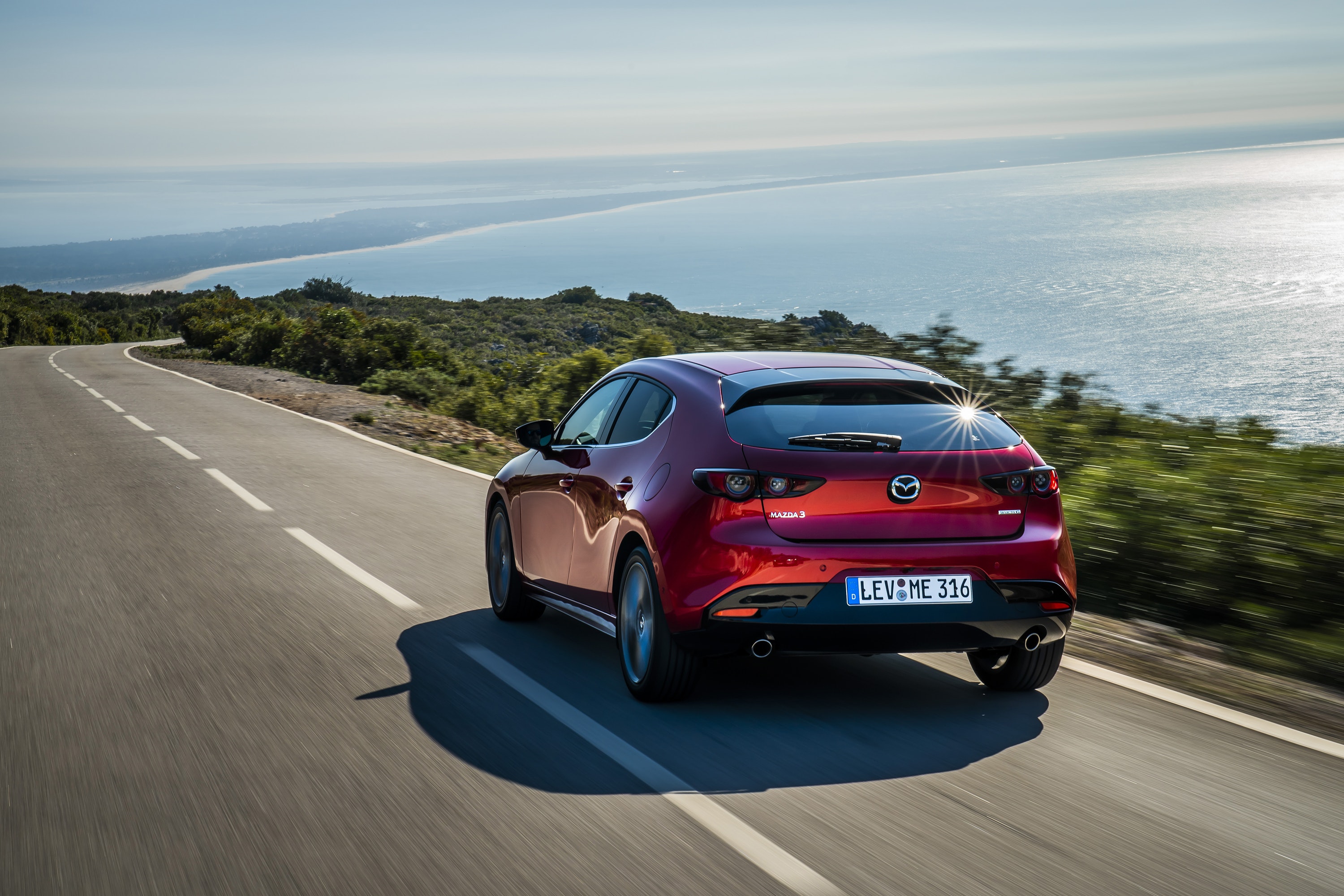
Buyers in the C-segment have unfairly overlooked the Mazda3 in the past, but the latest version of the car may be the one to turn their heads at last. Boasting serious value for money, respectable efficiency, stunning looks and an impressive driving experience, it has everything to keep up with the best in the class.
If Mazda can deliver on its Skyactiv-X promises (and hopefully give the car a lot more poke in the process), there’s no reason the 3 couldn’t become the go-to choice ahead of its competition.

